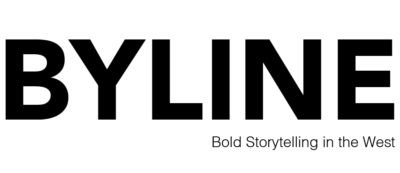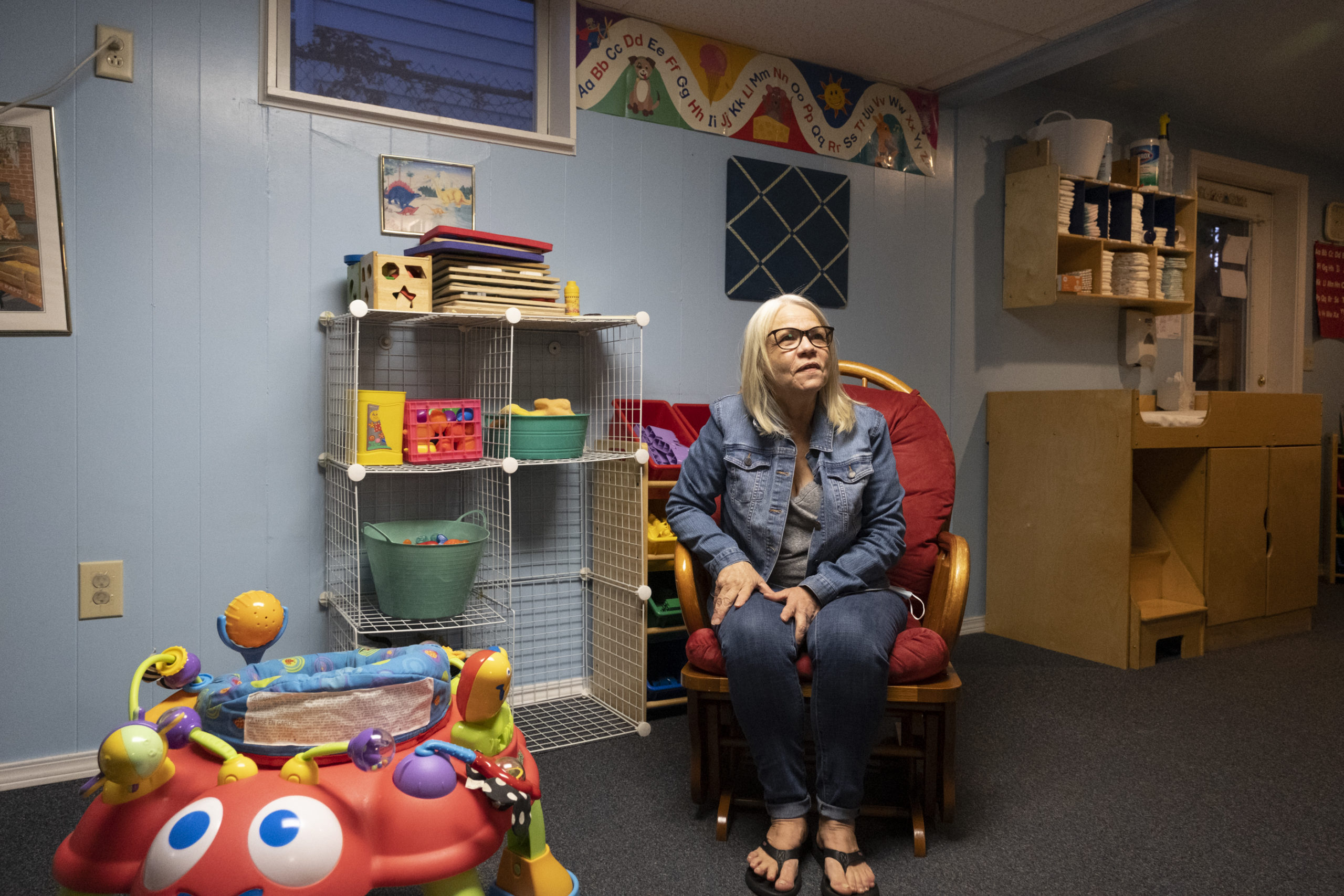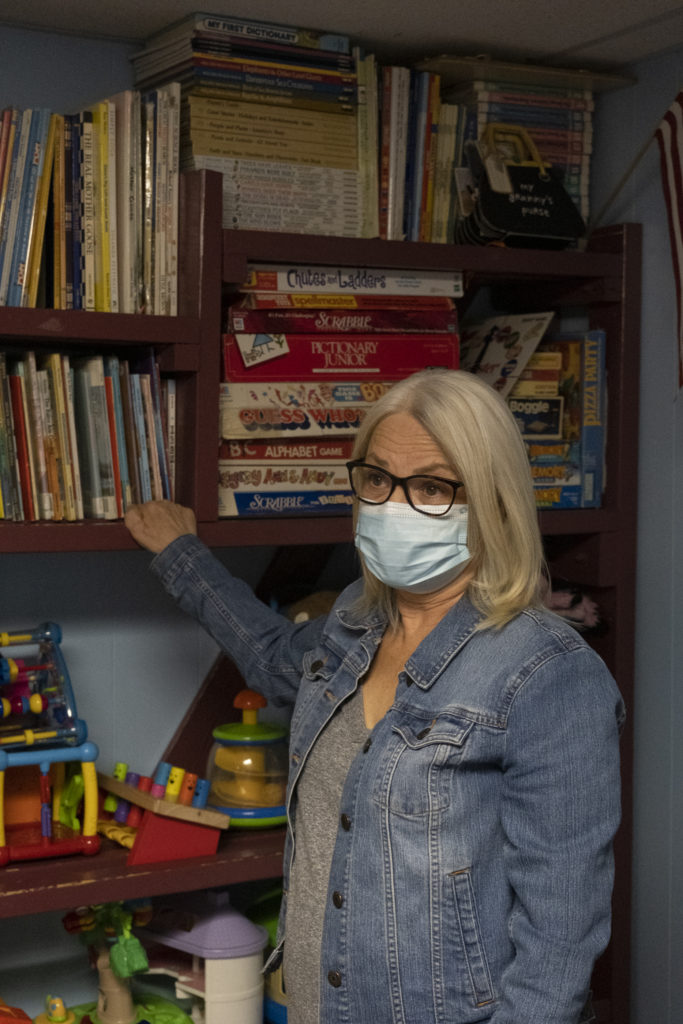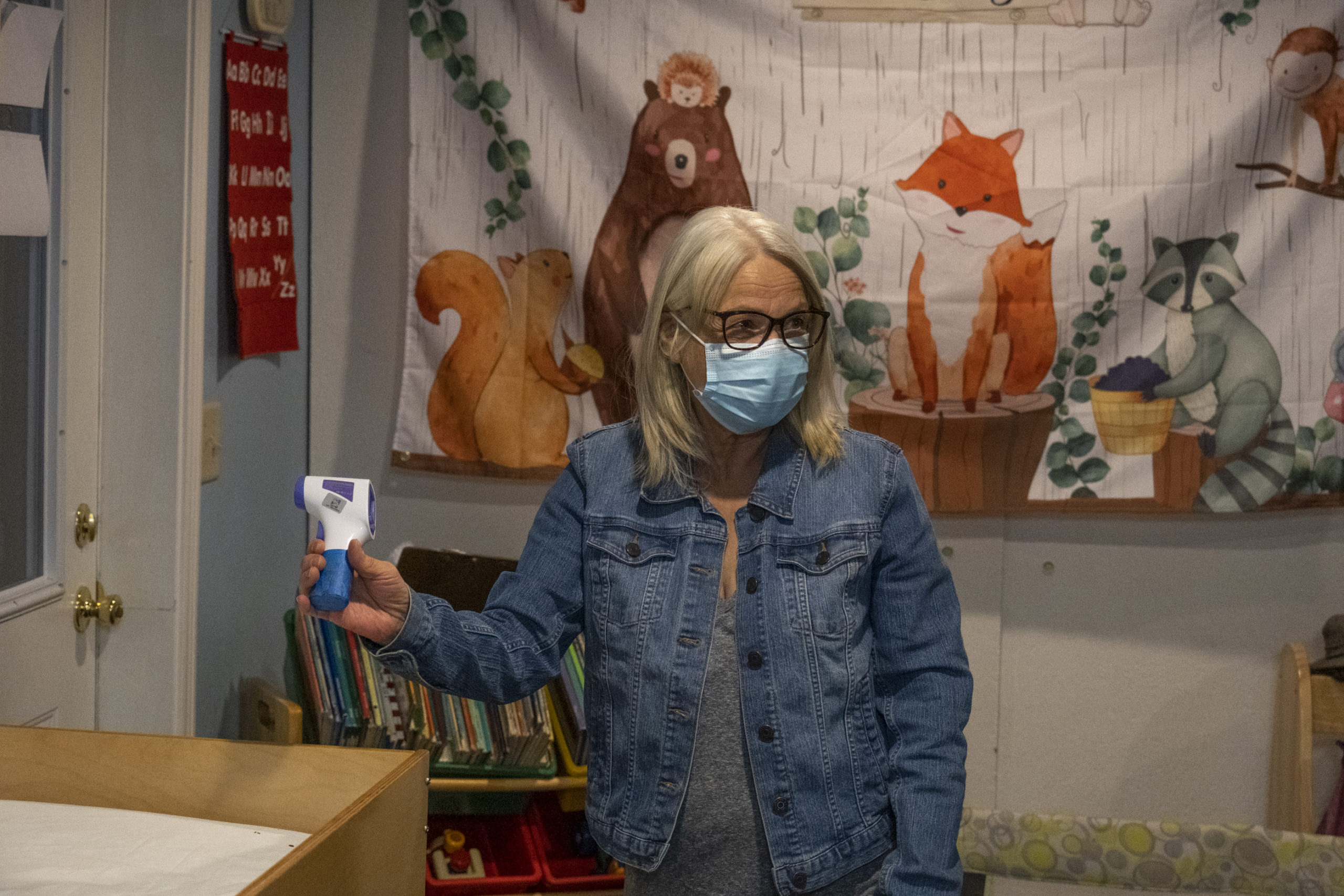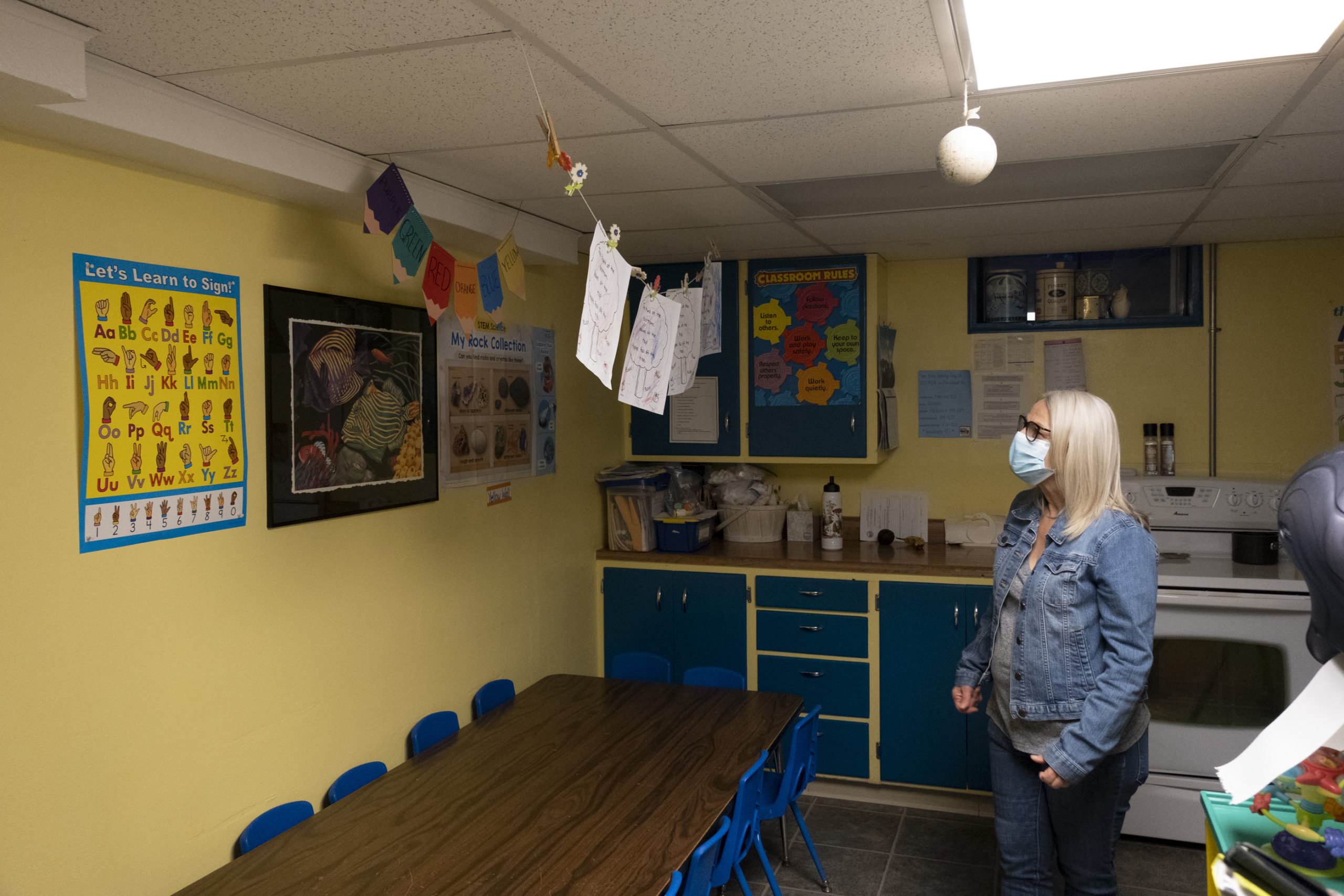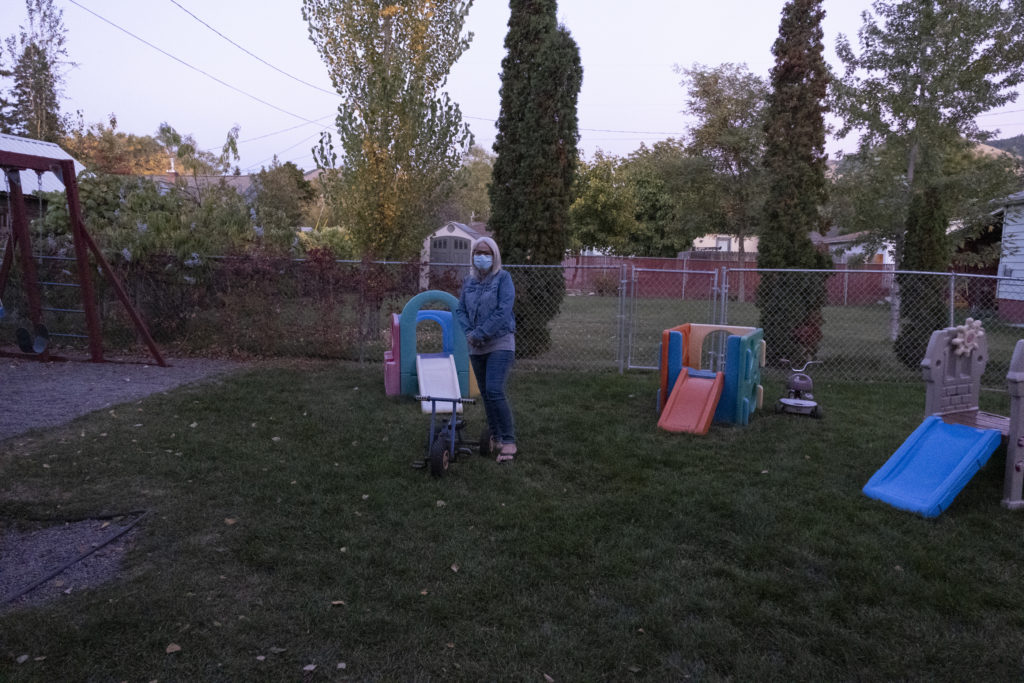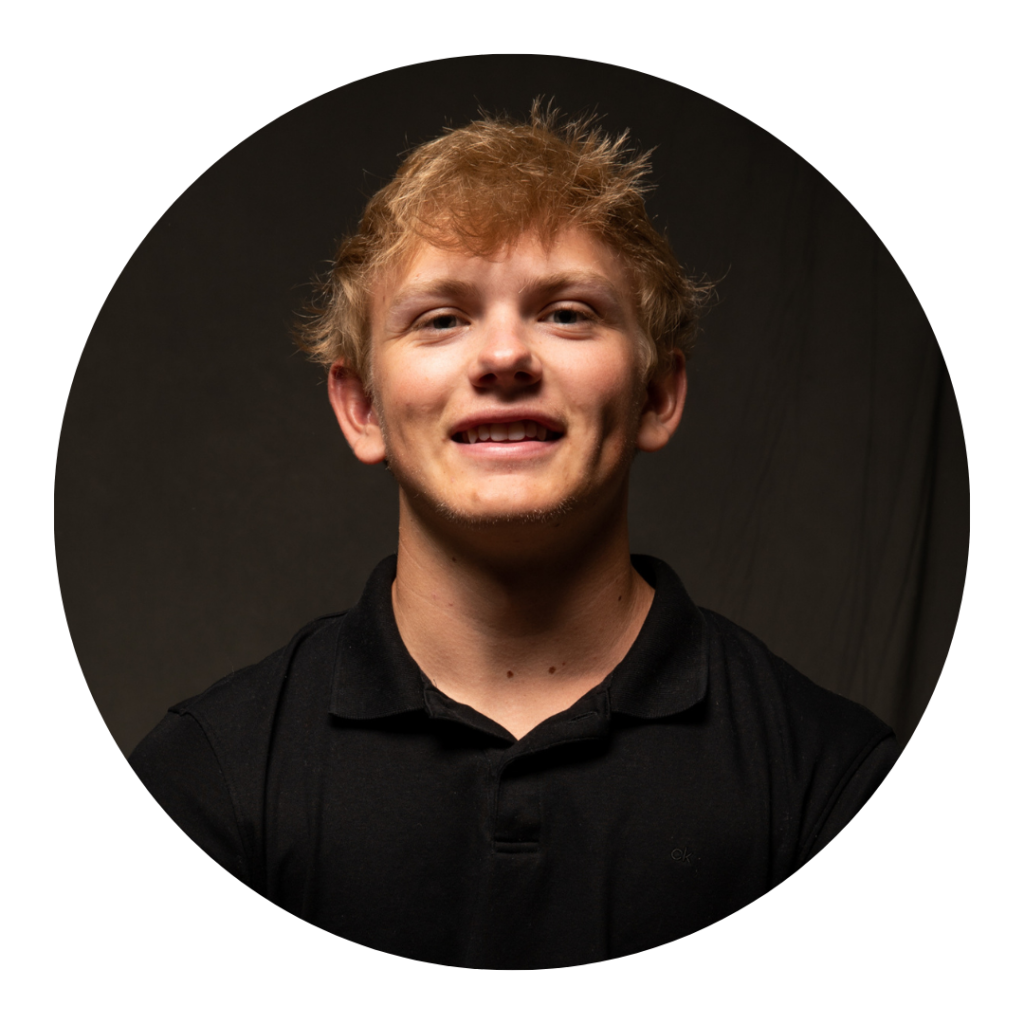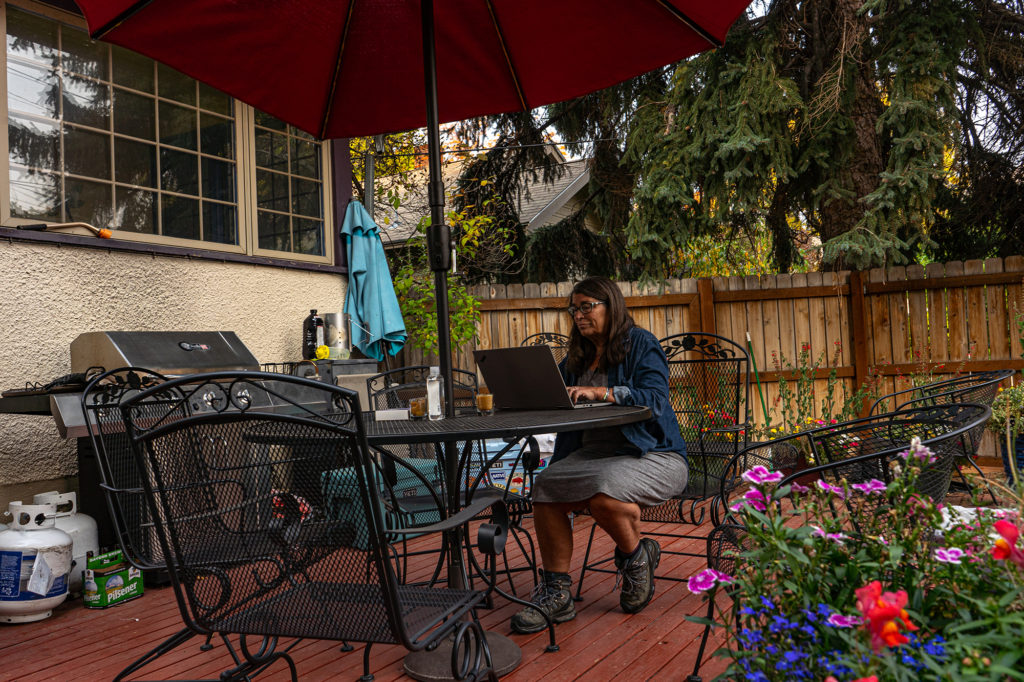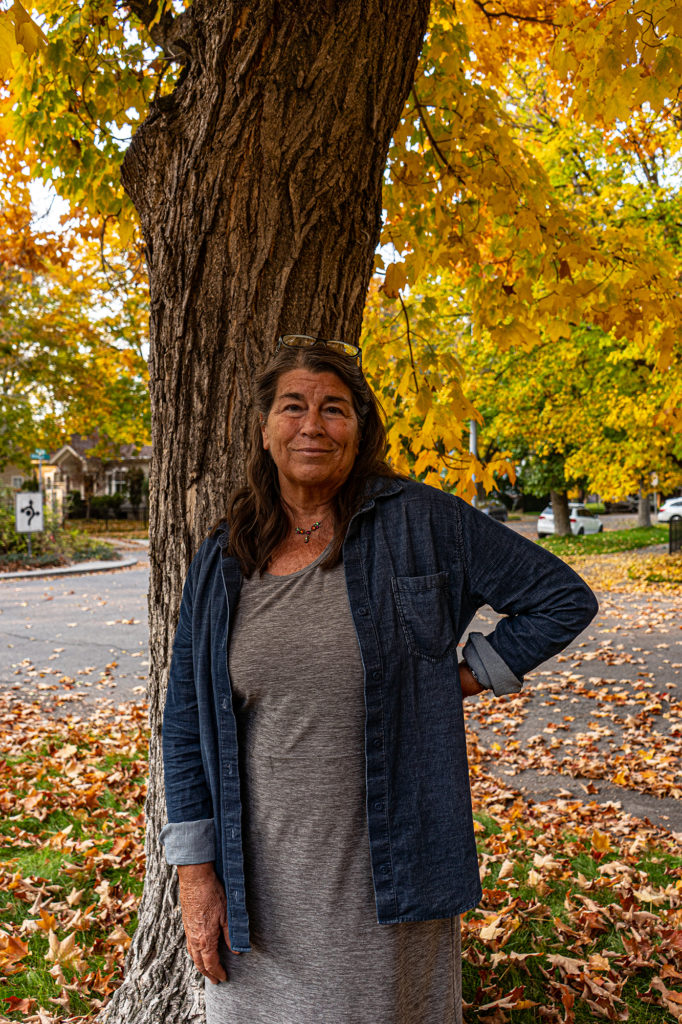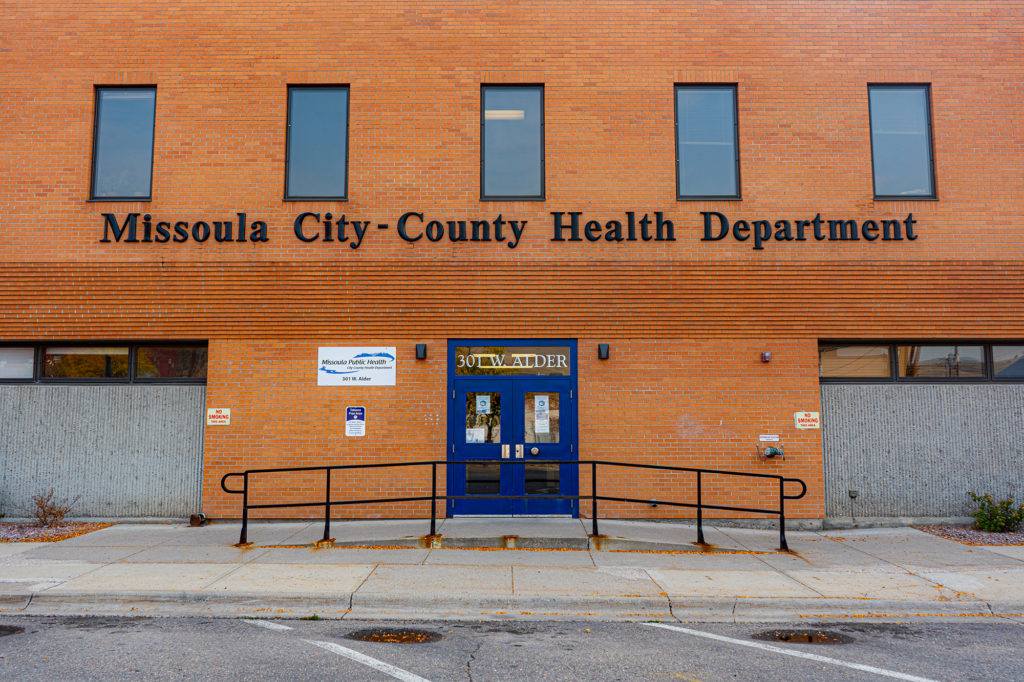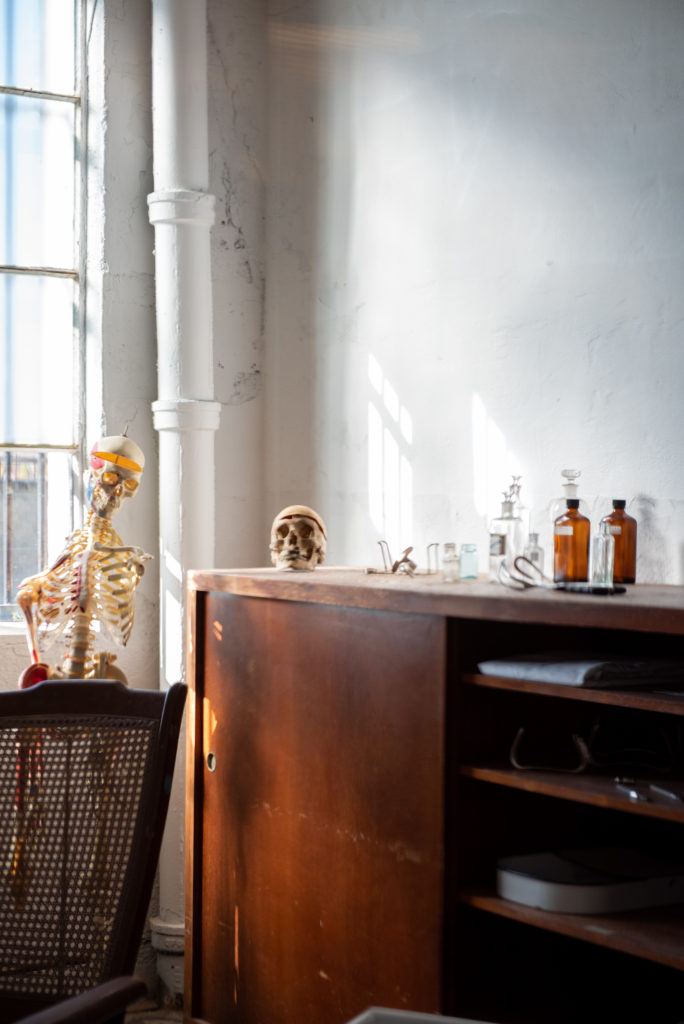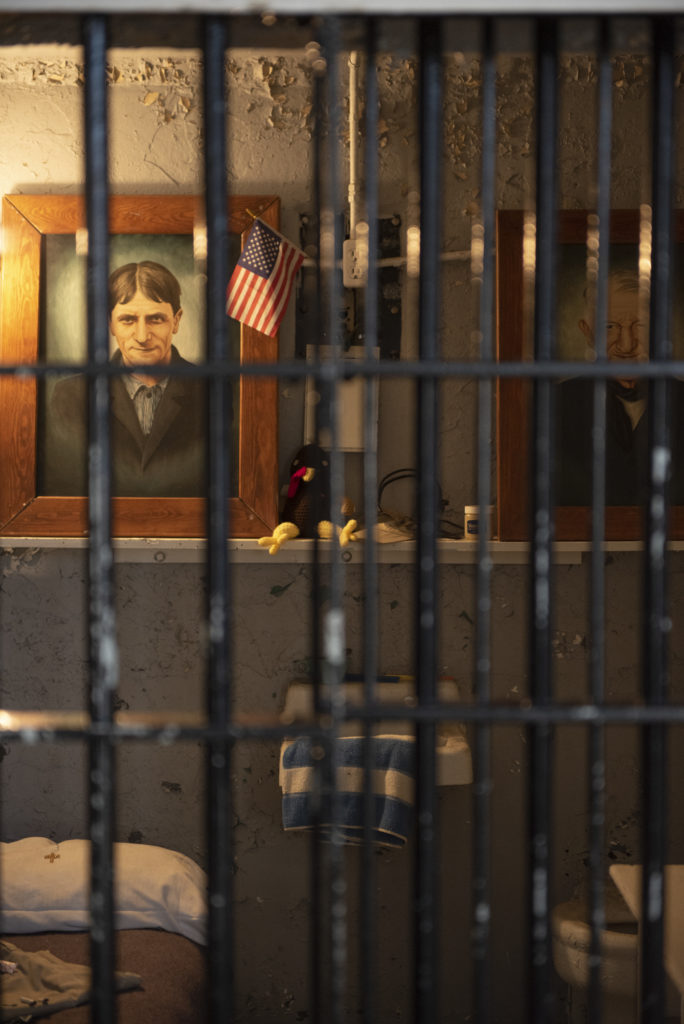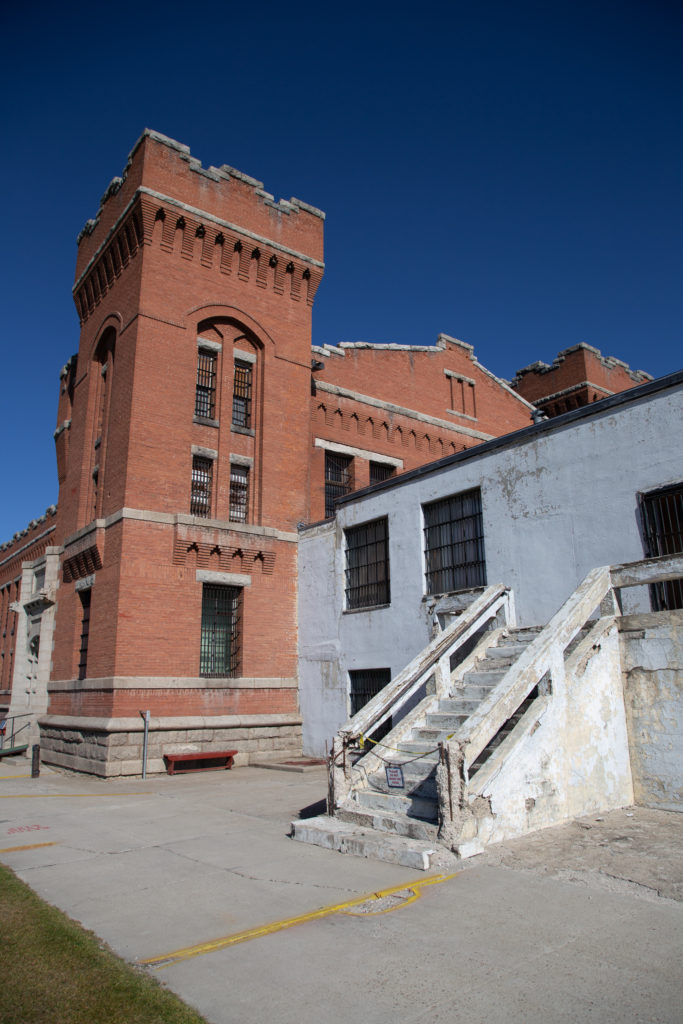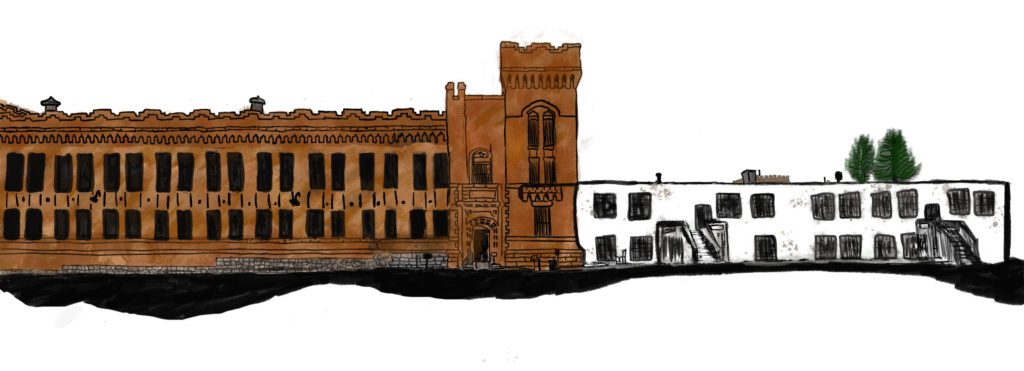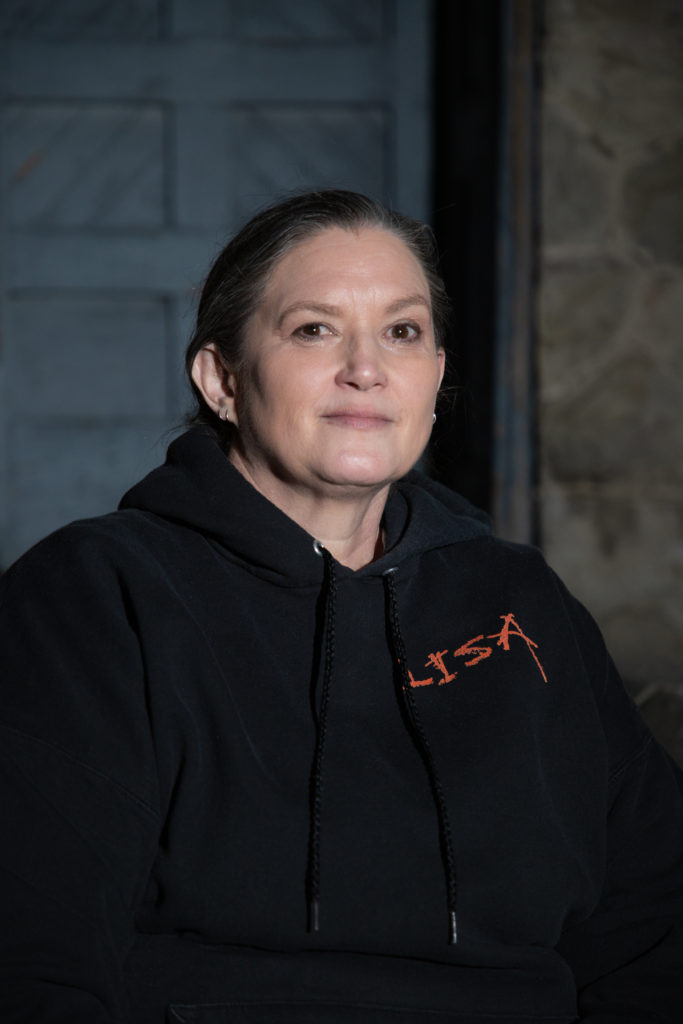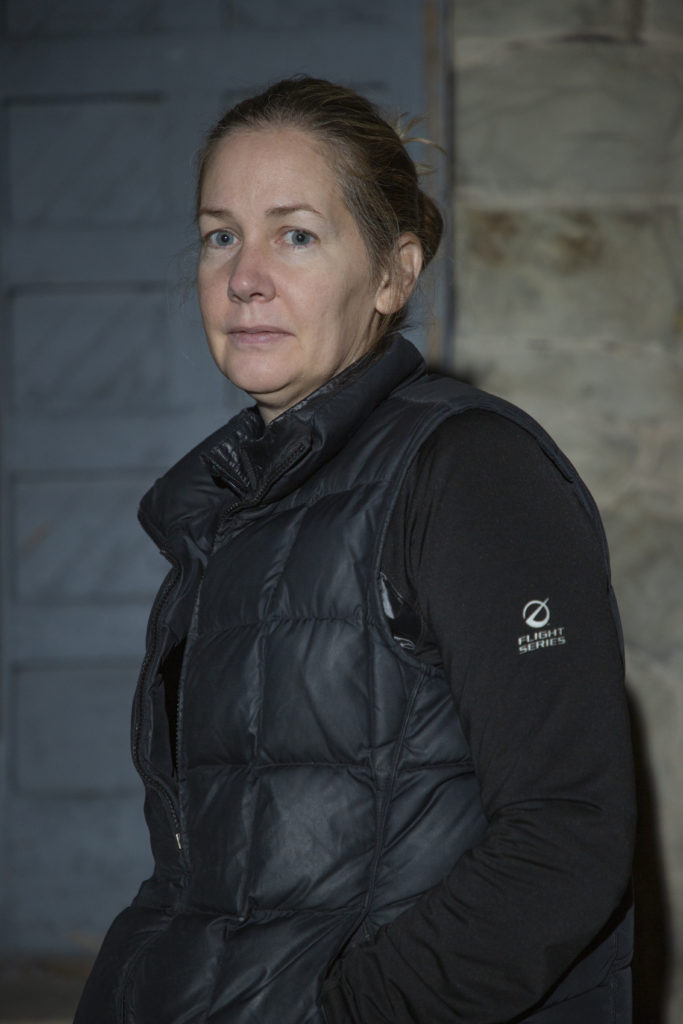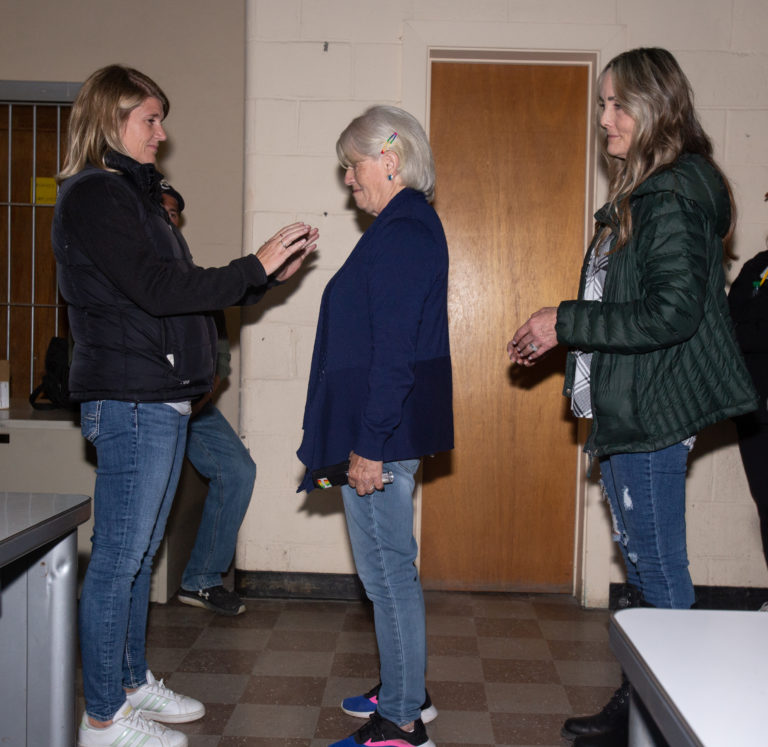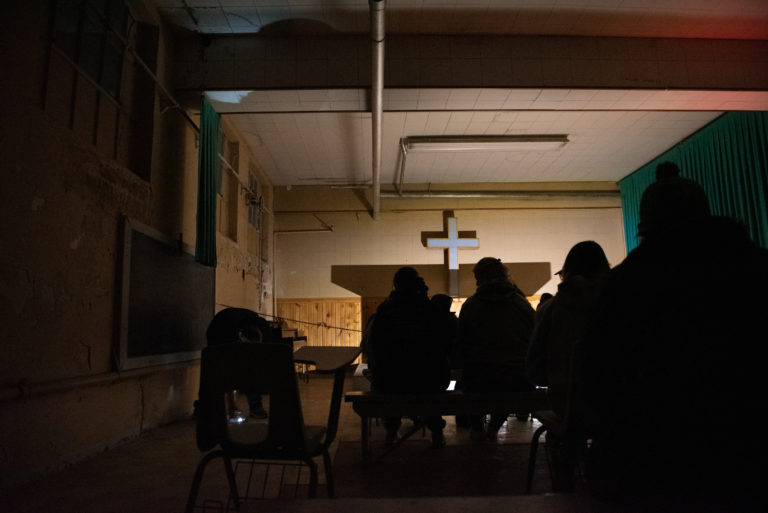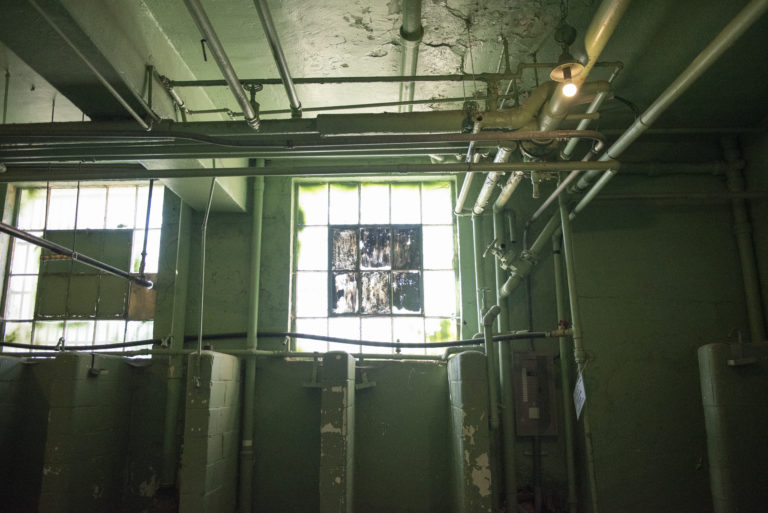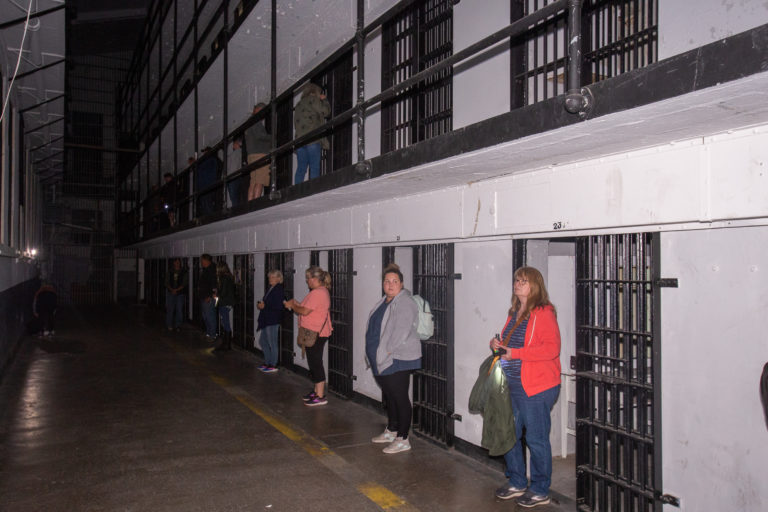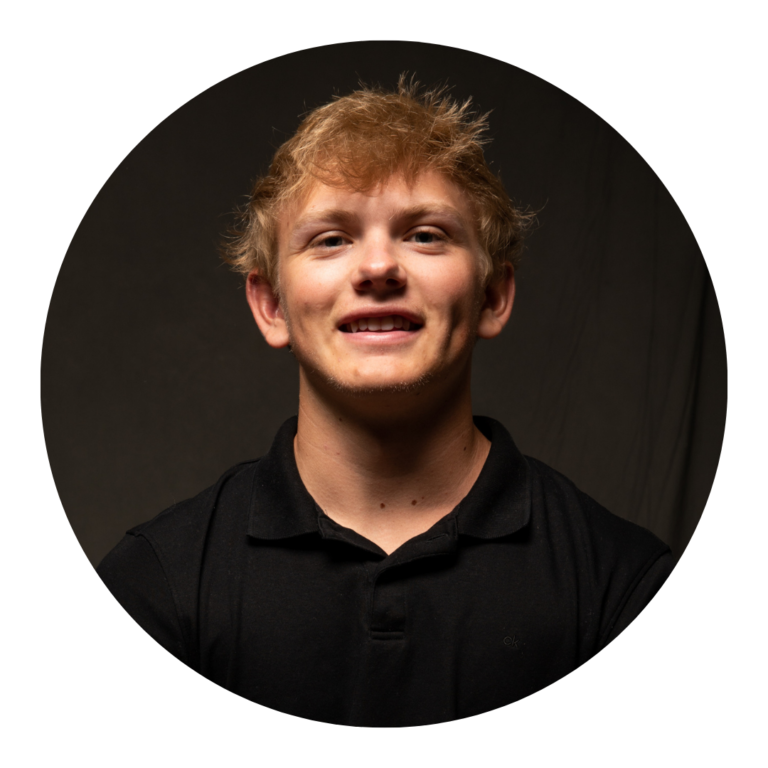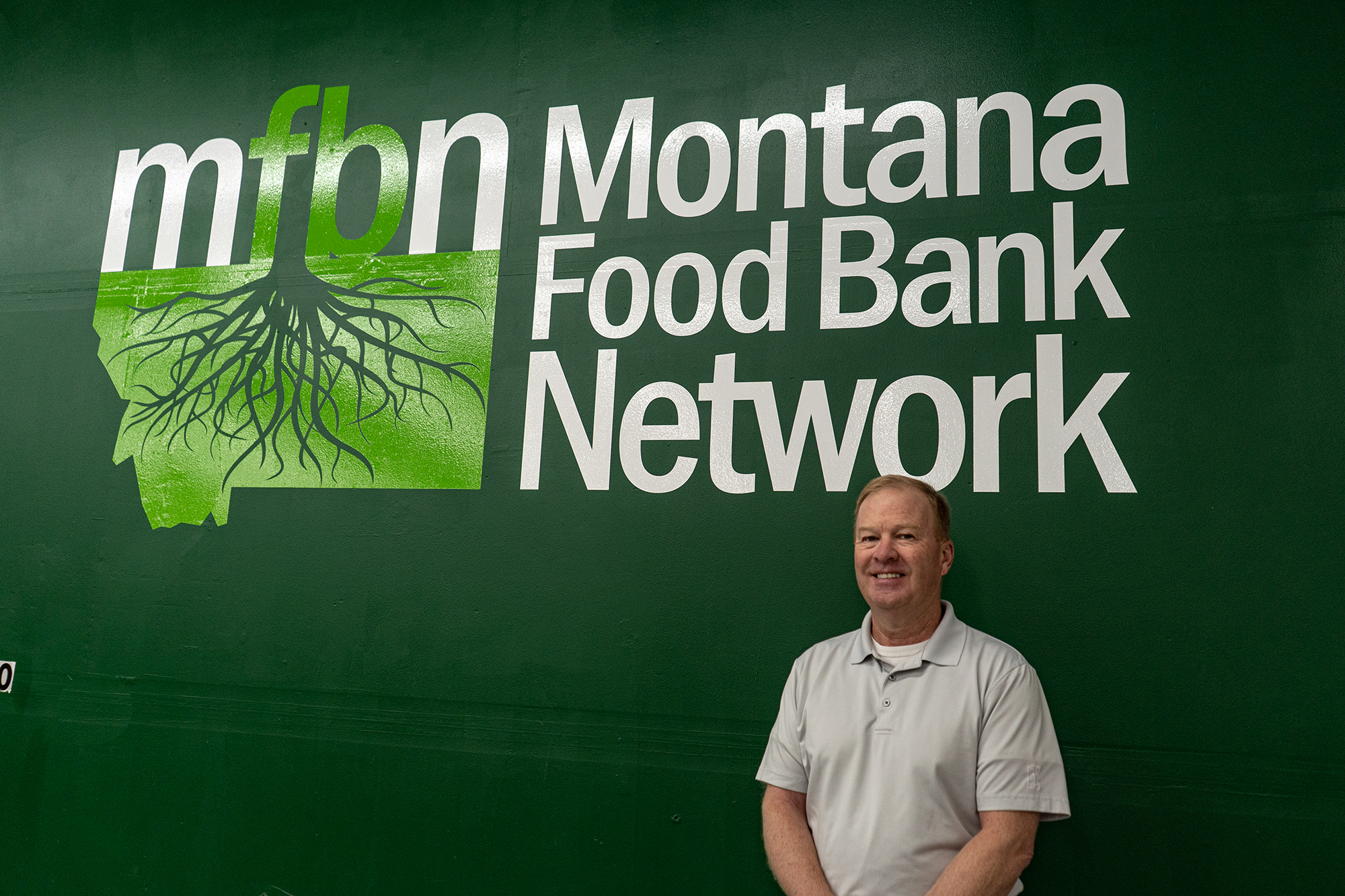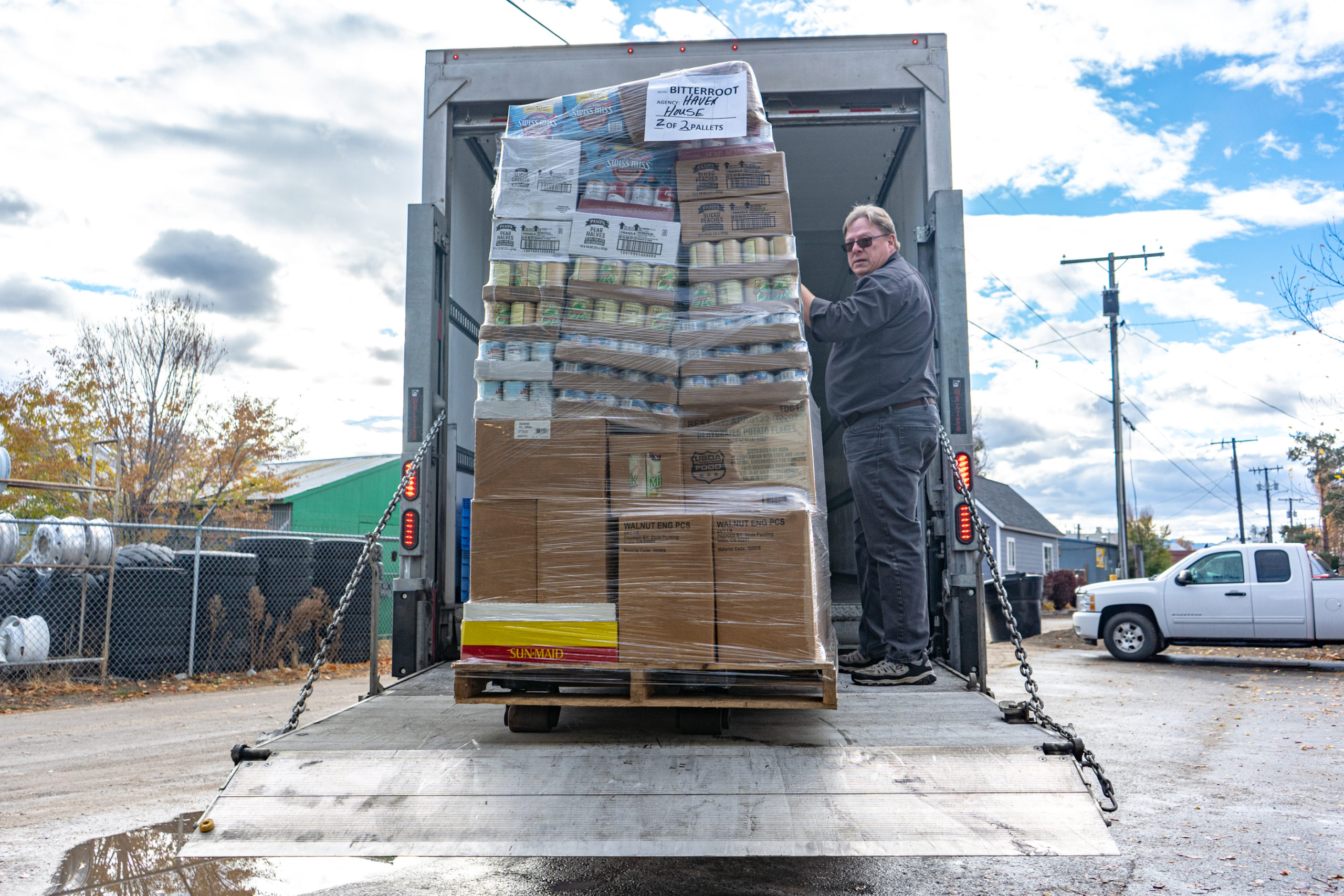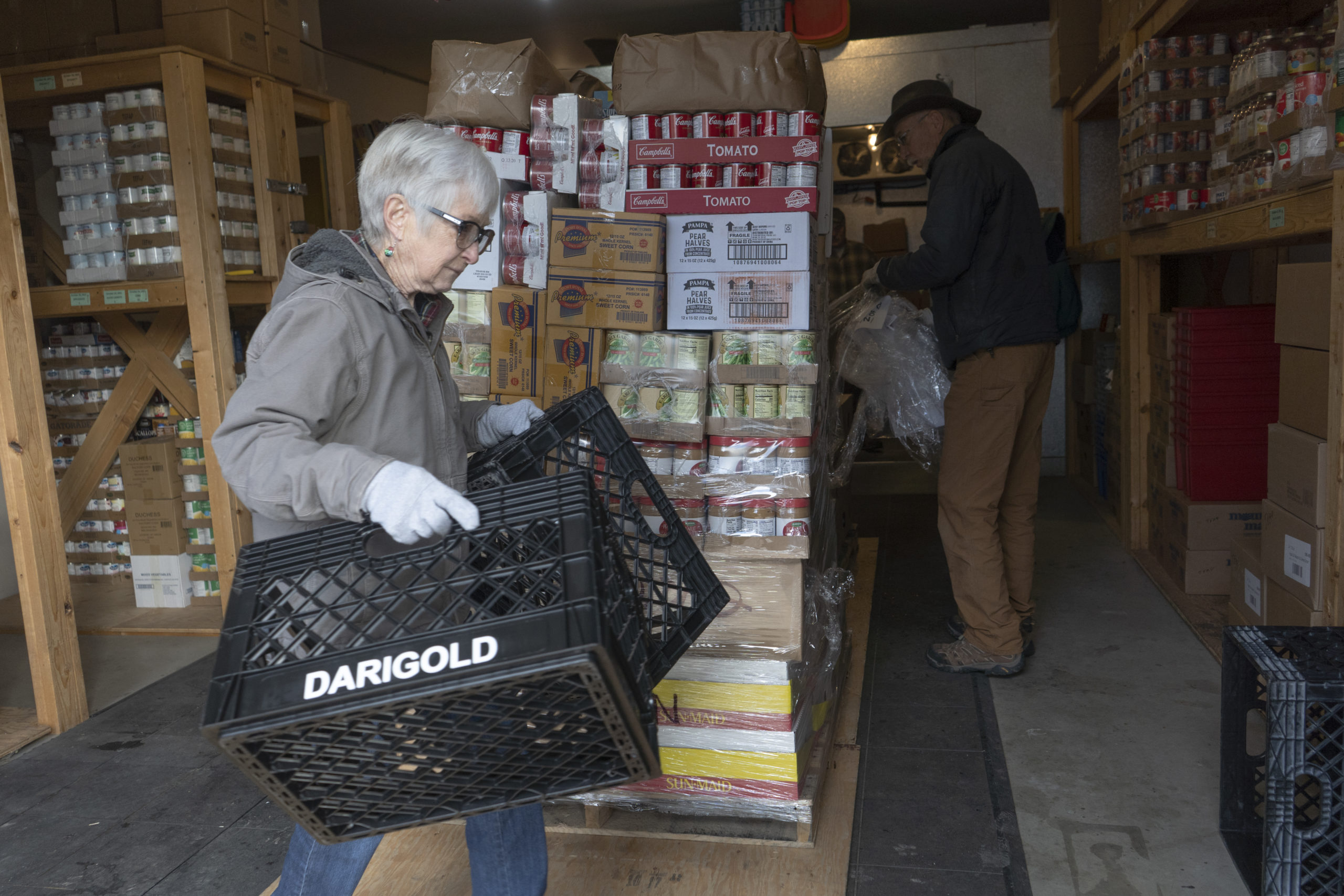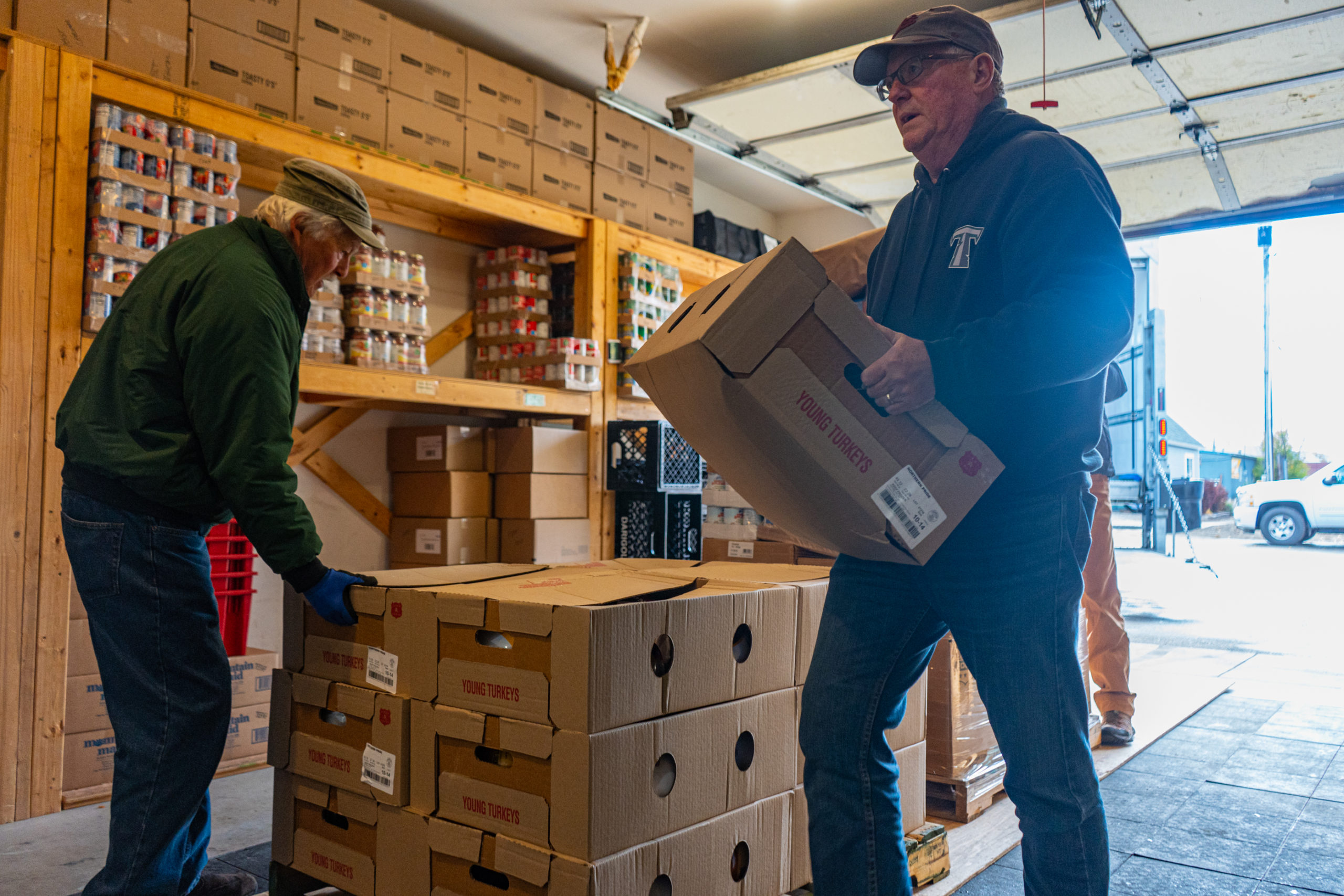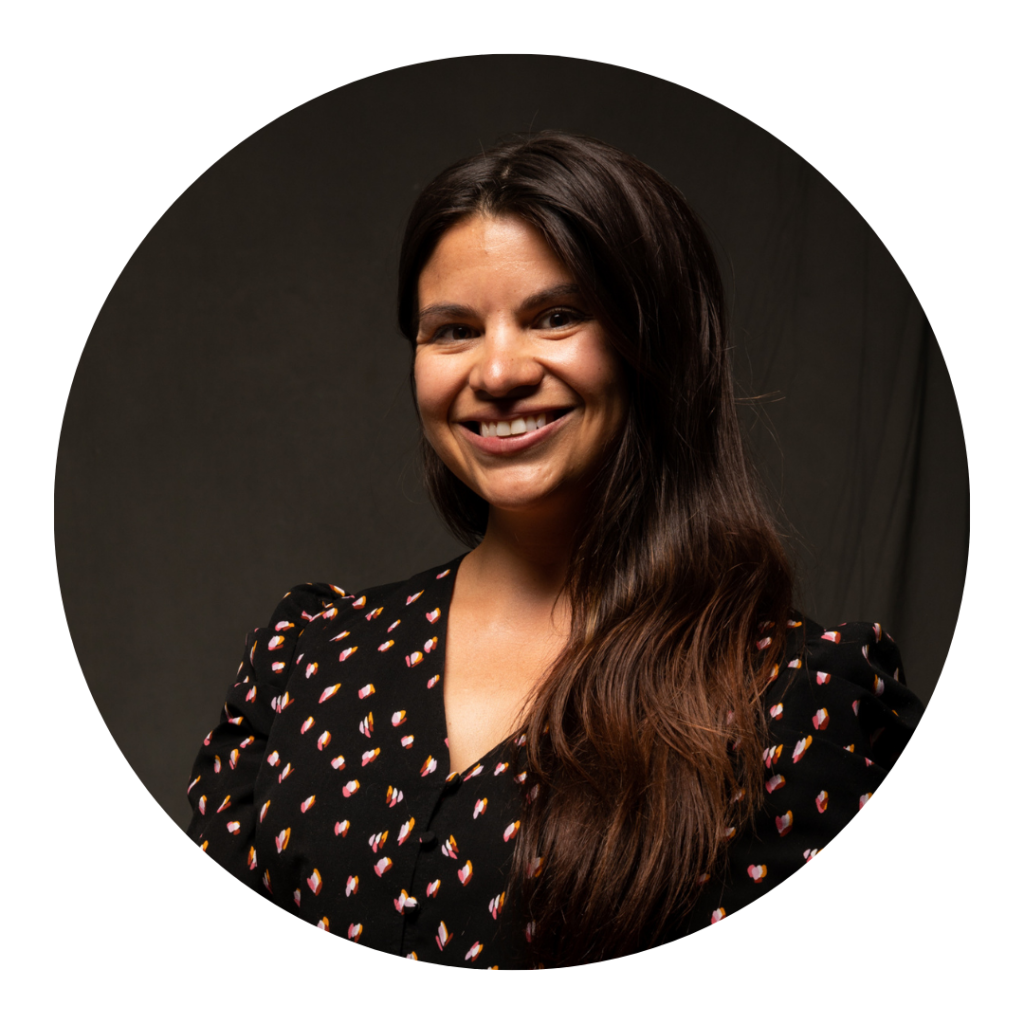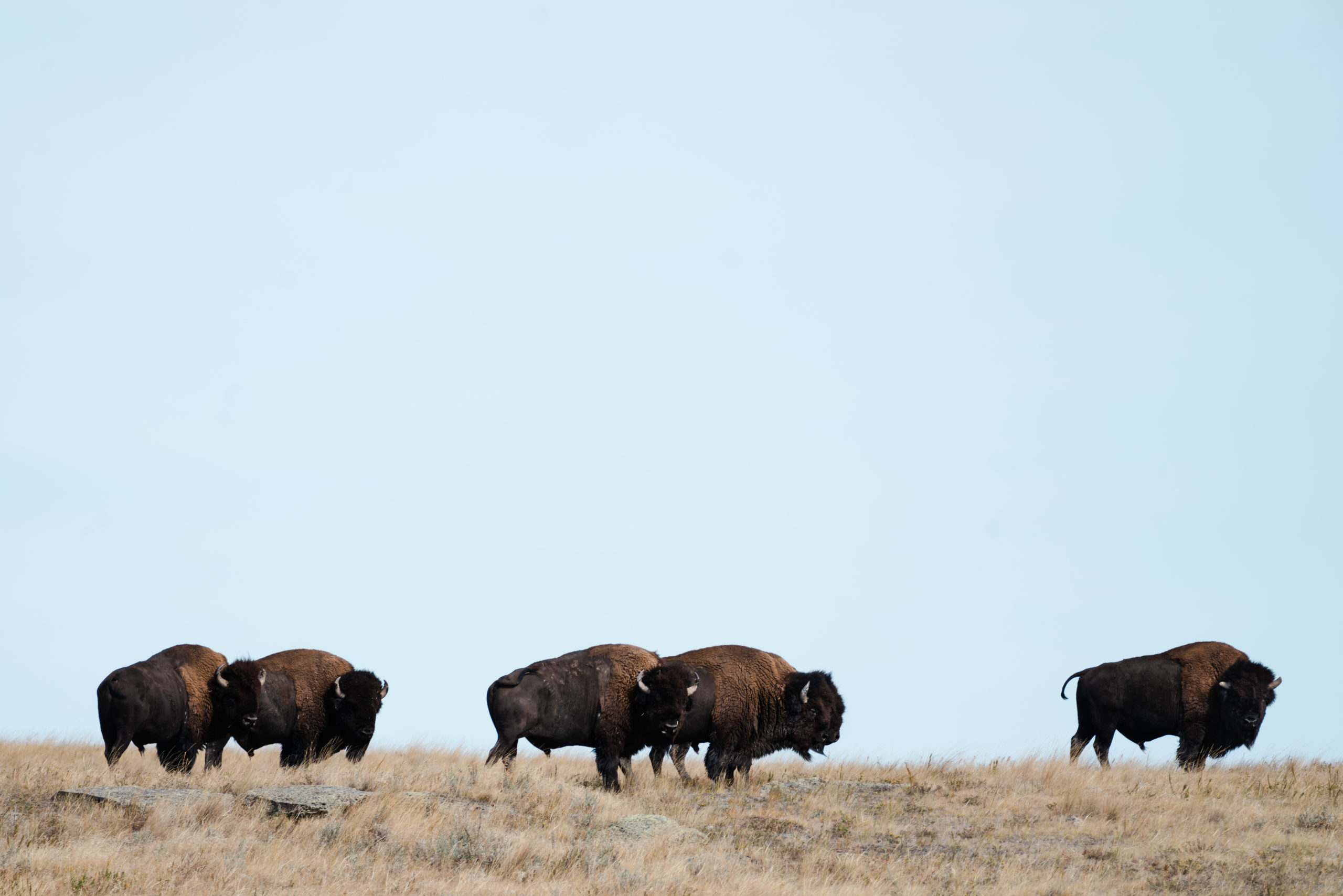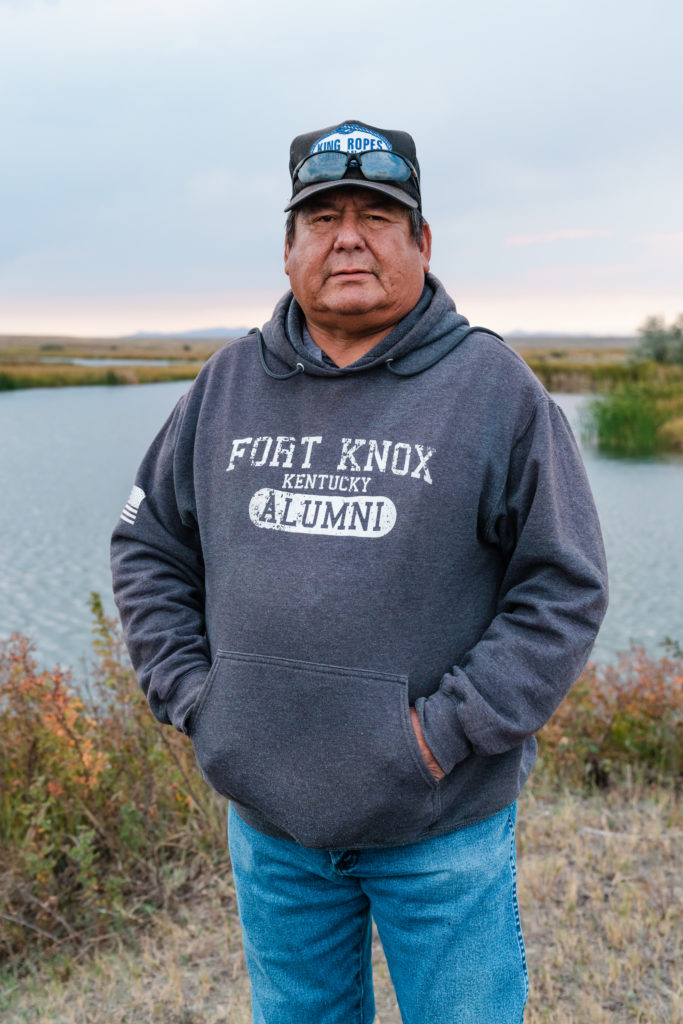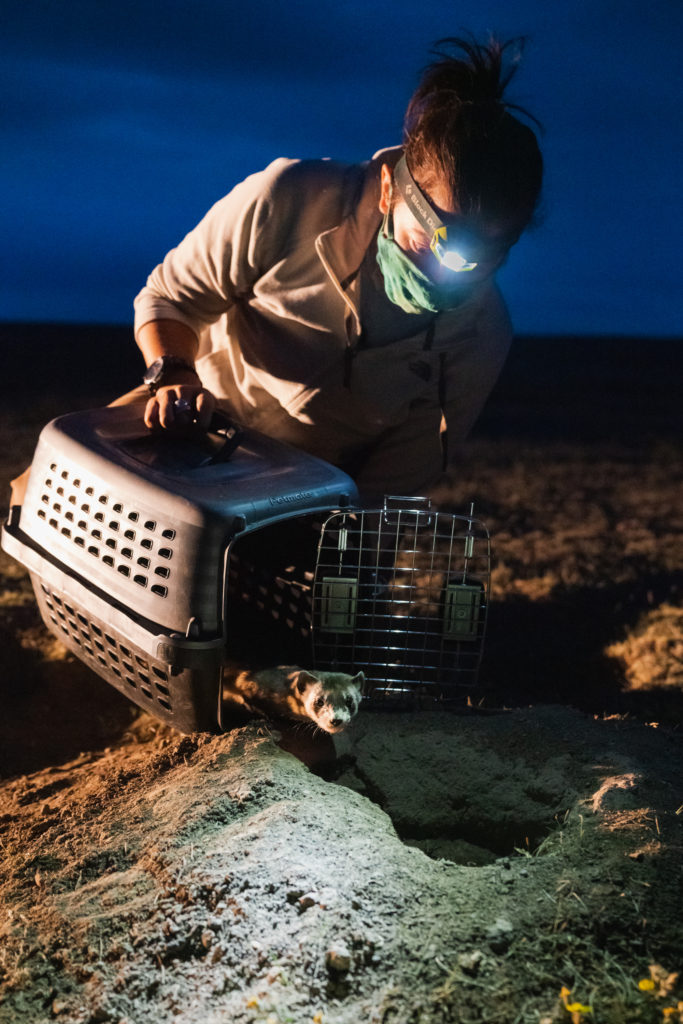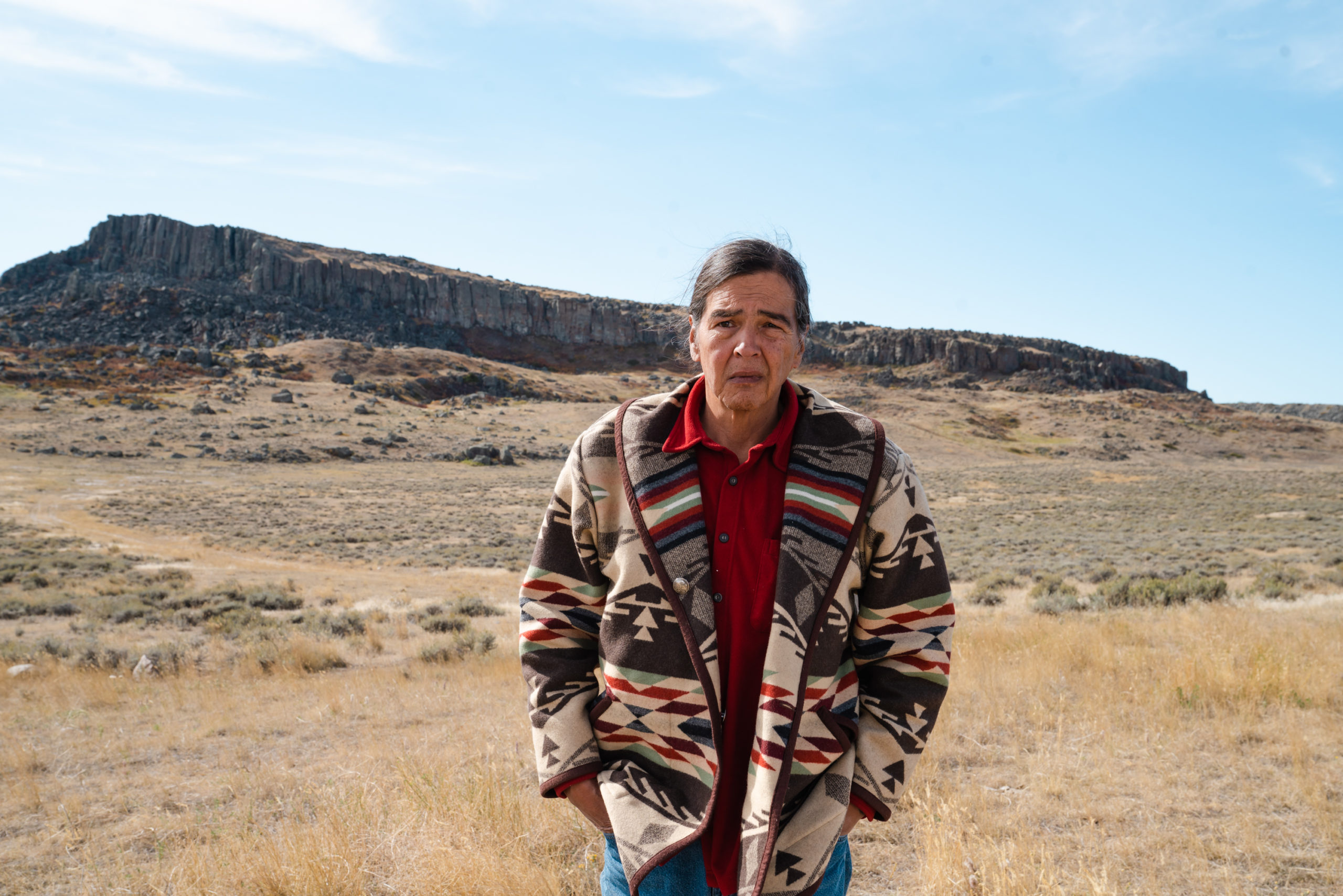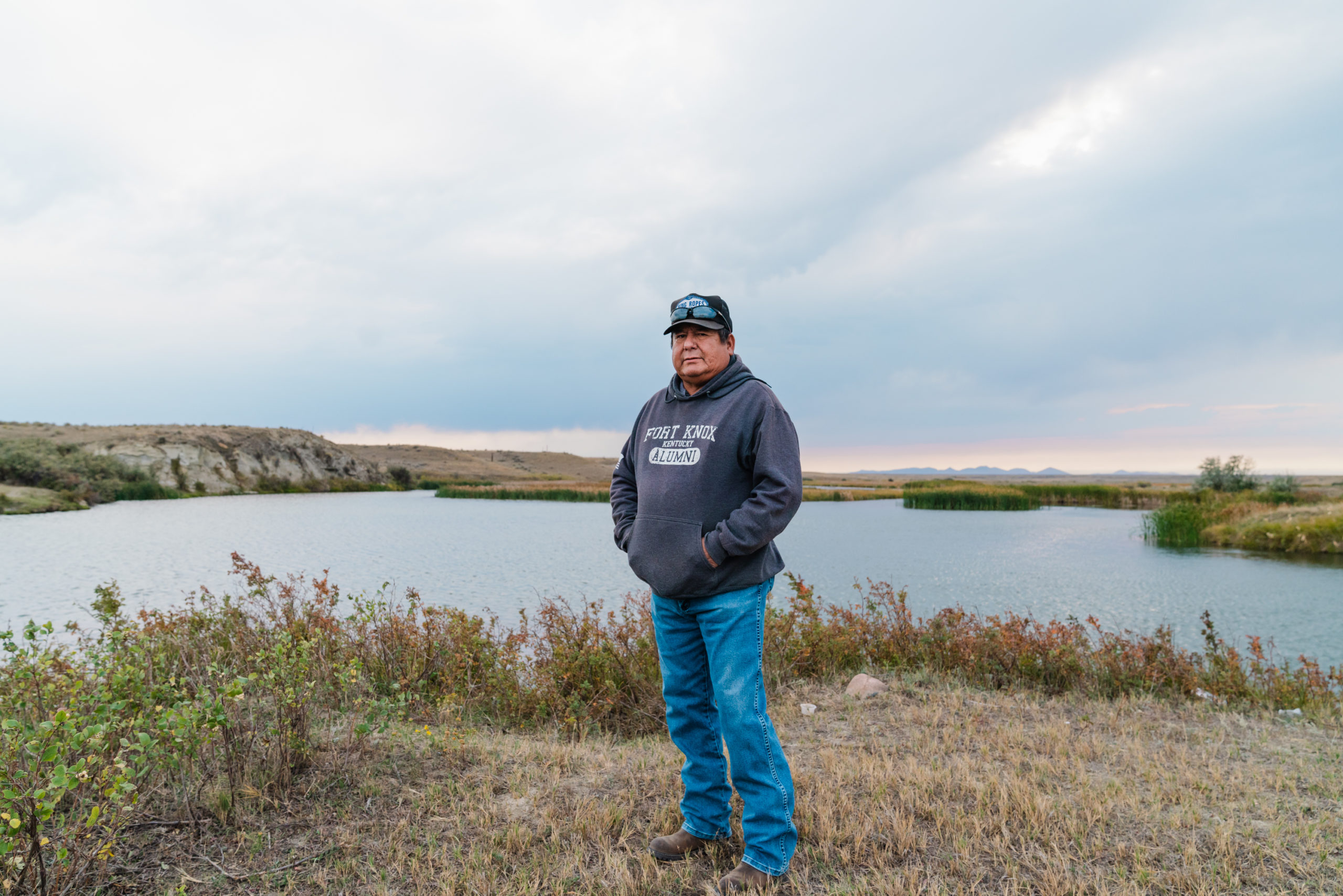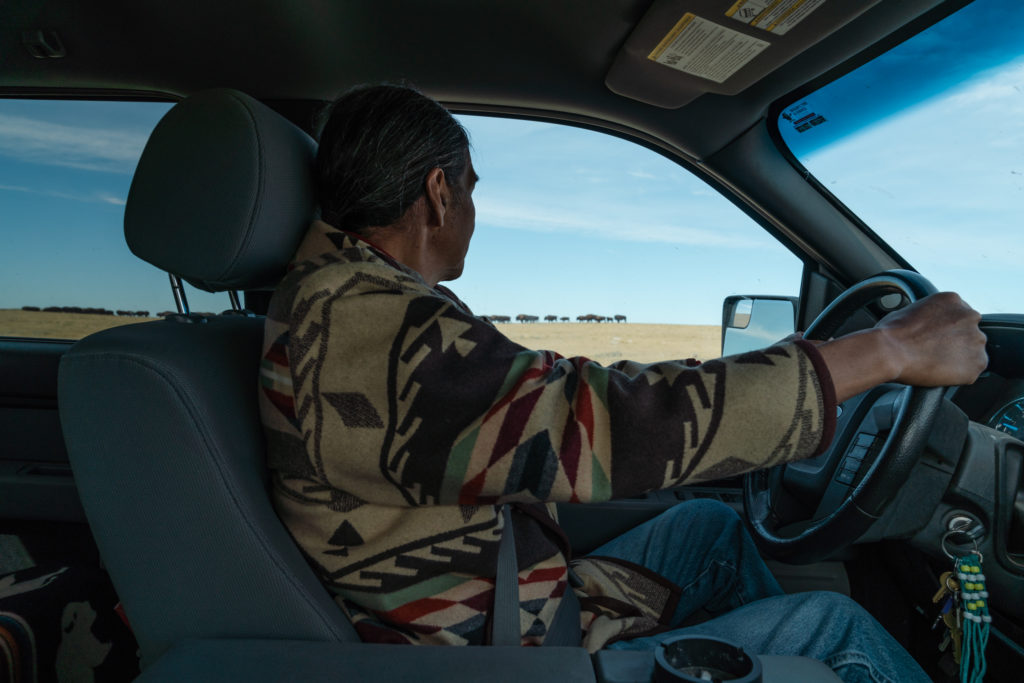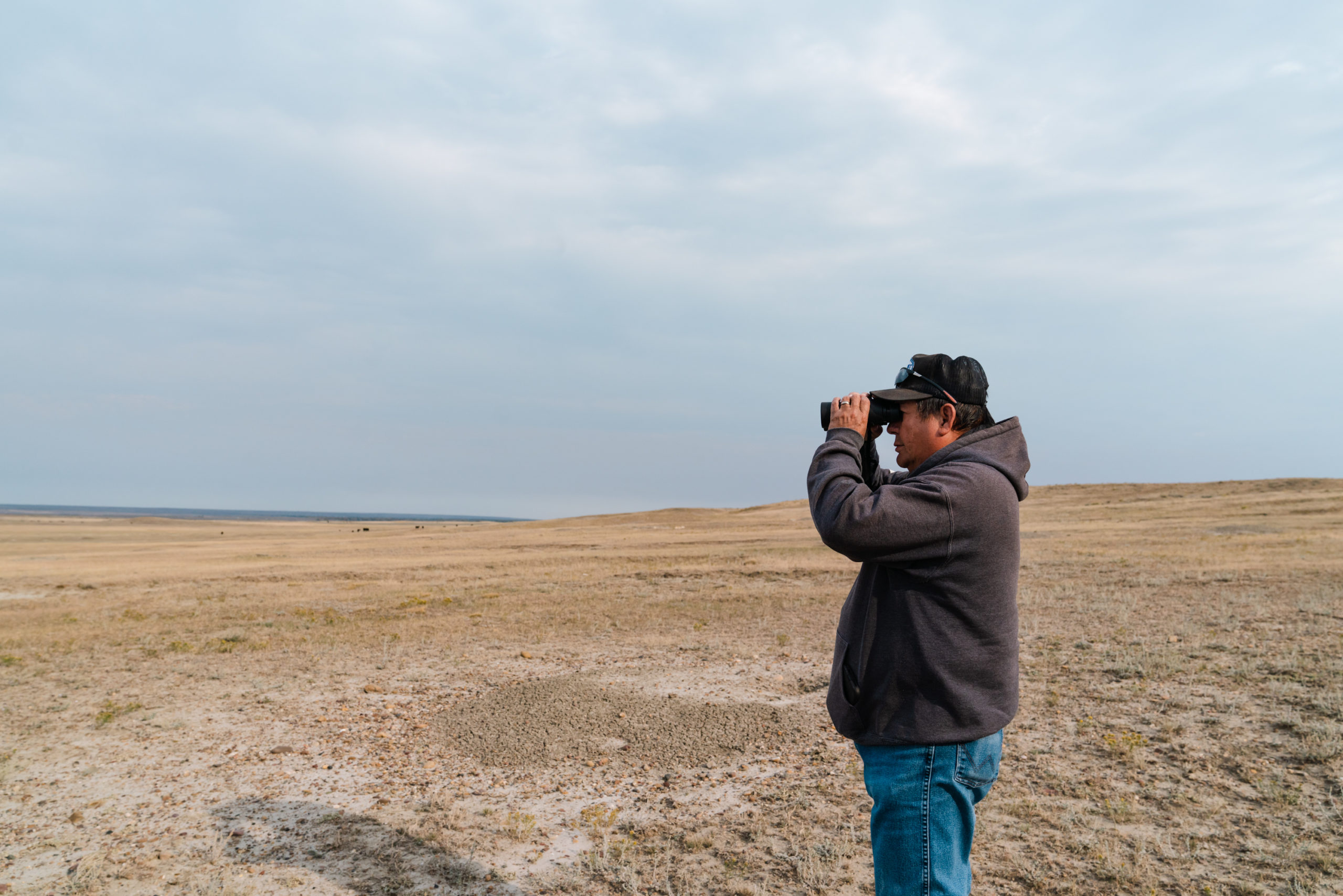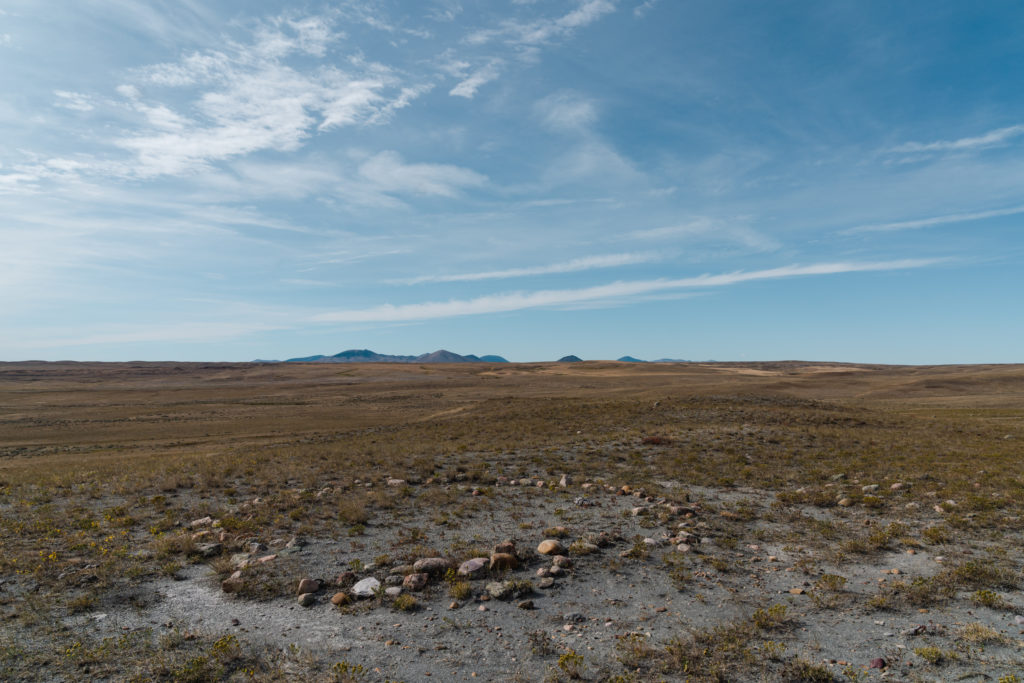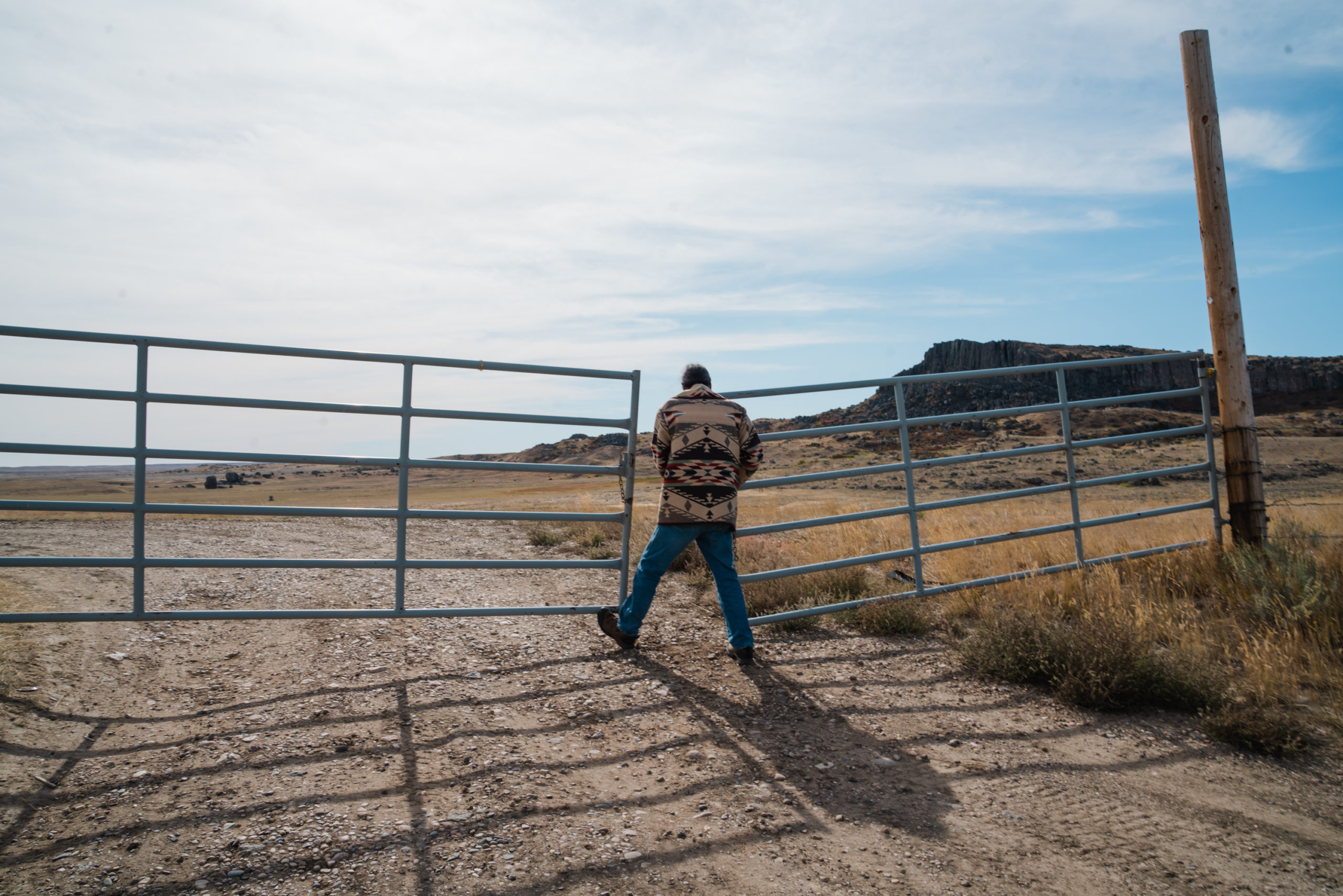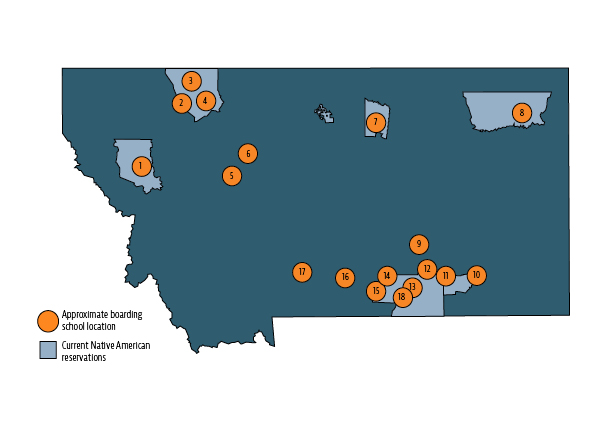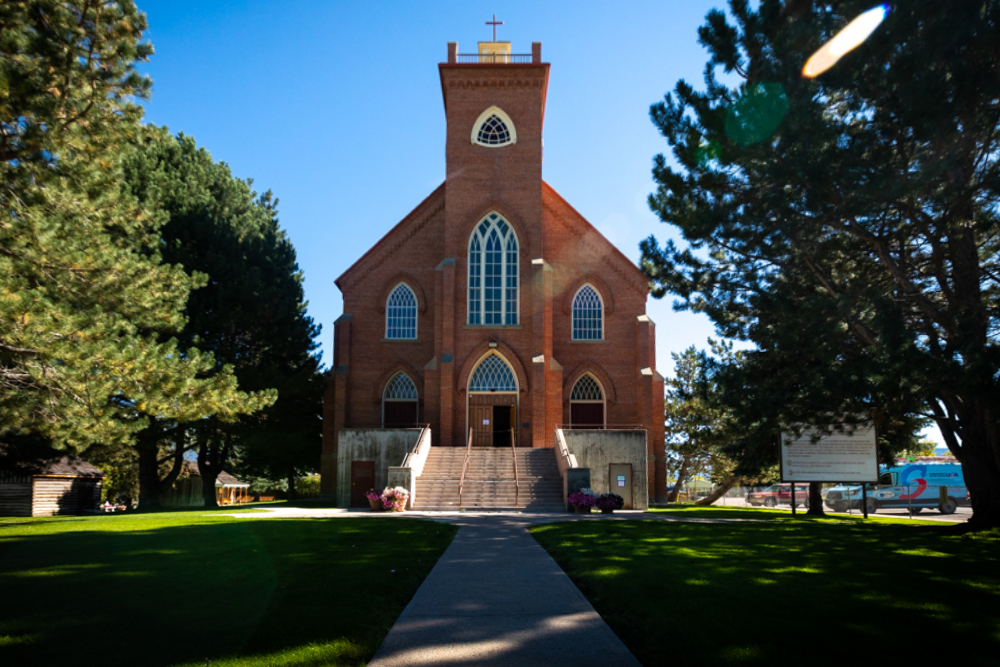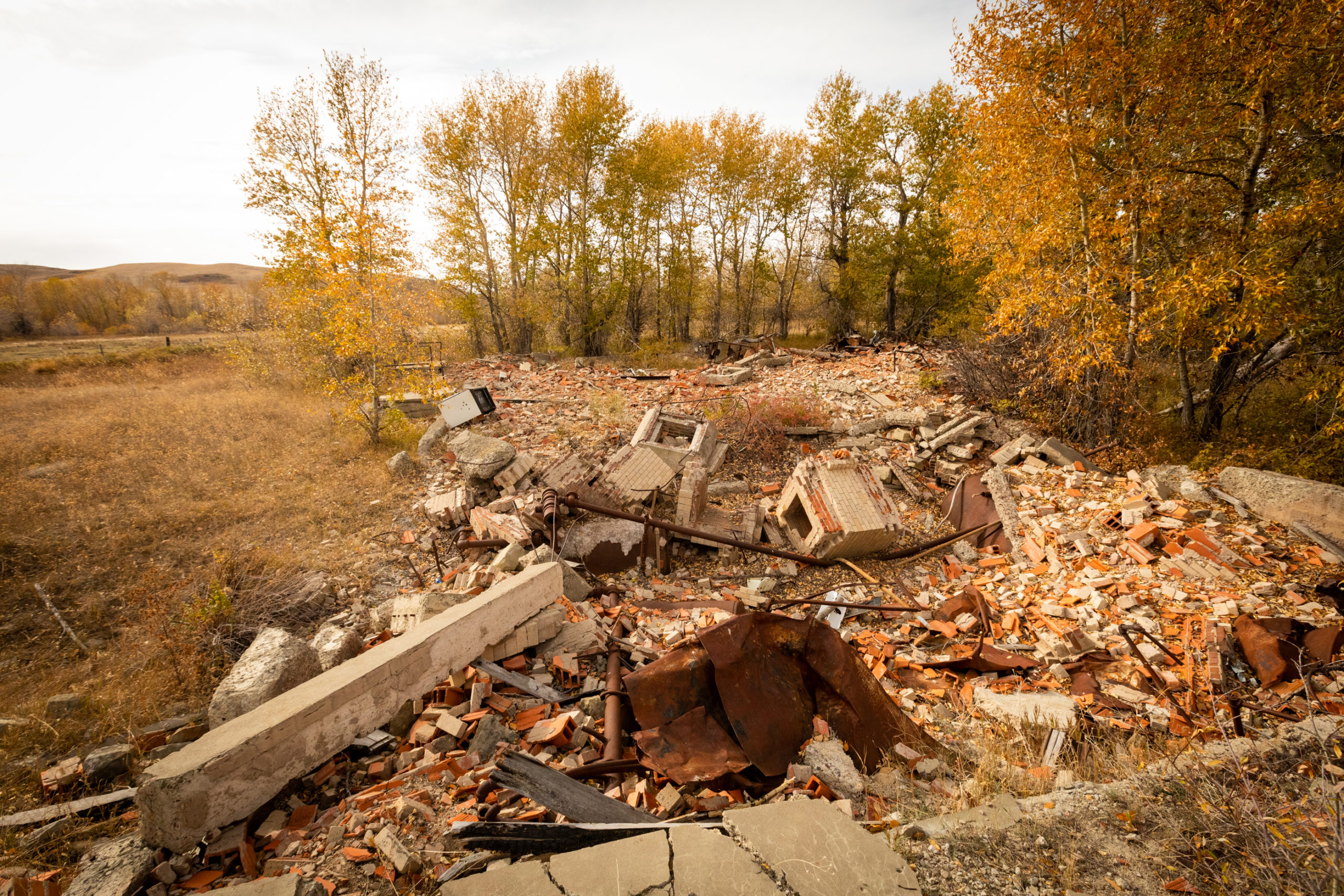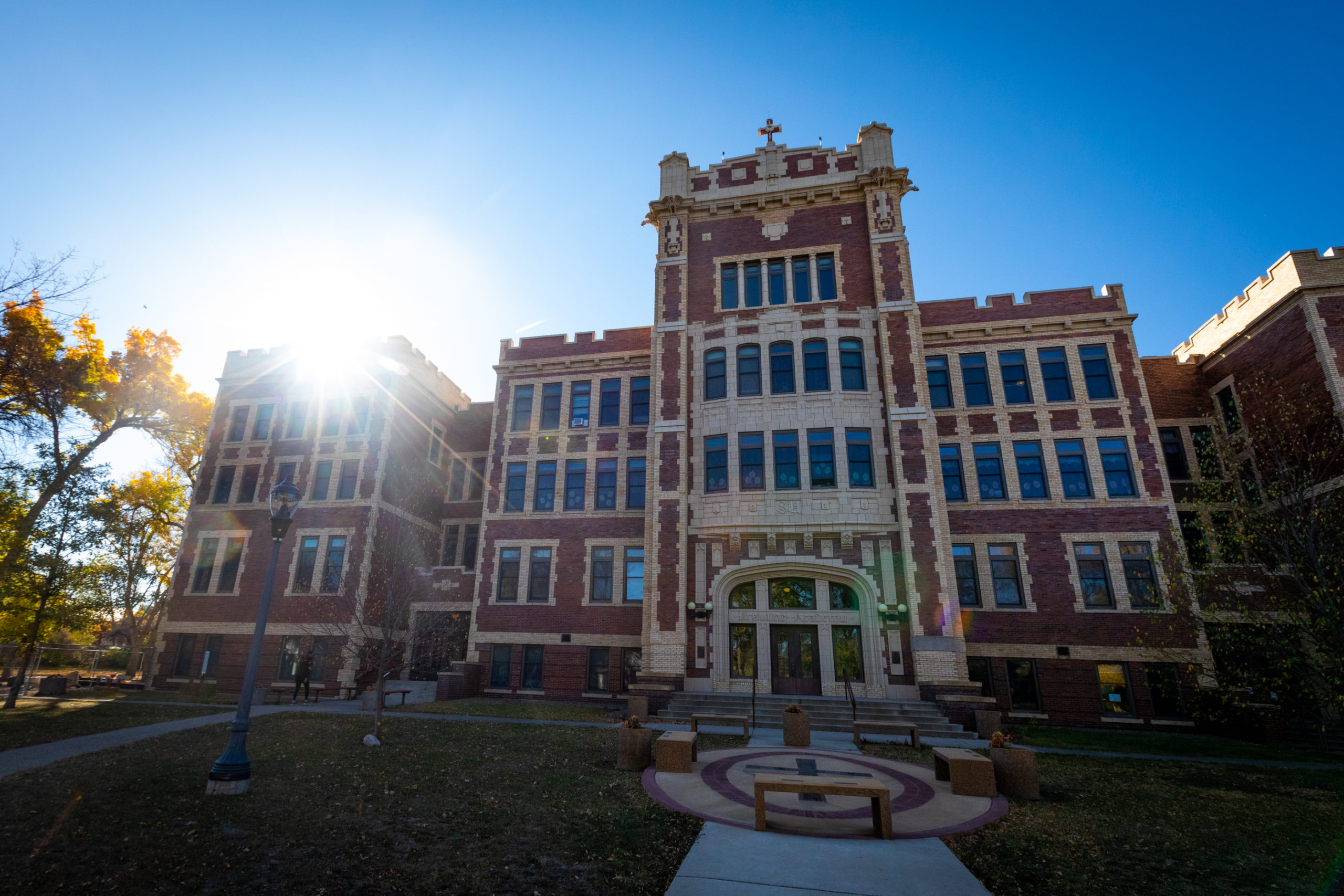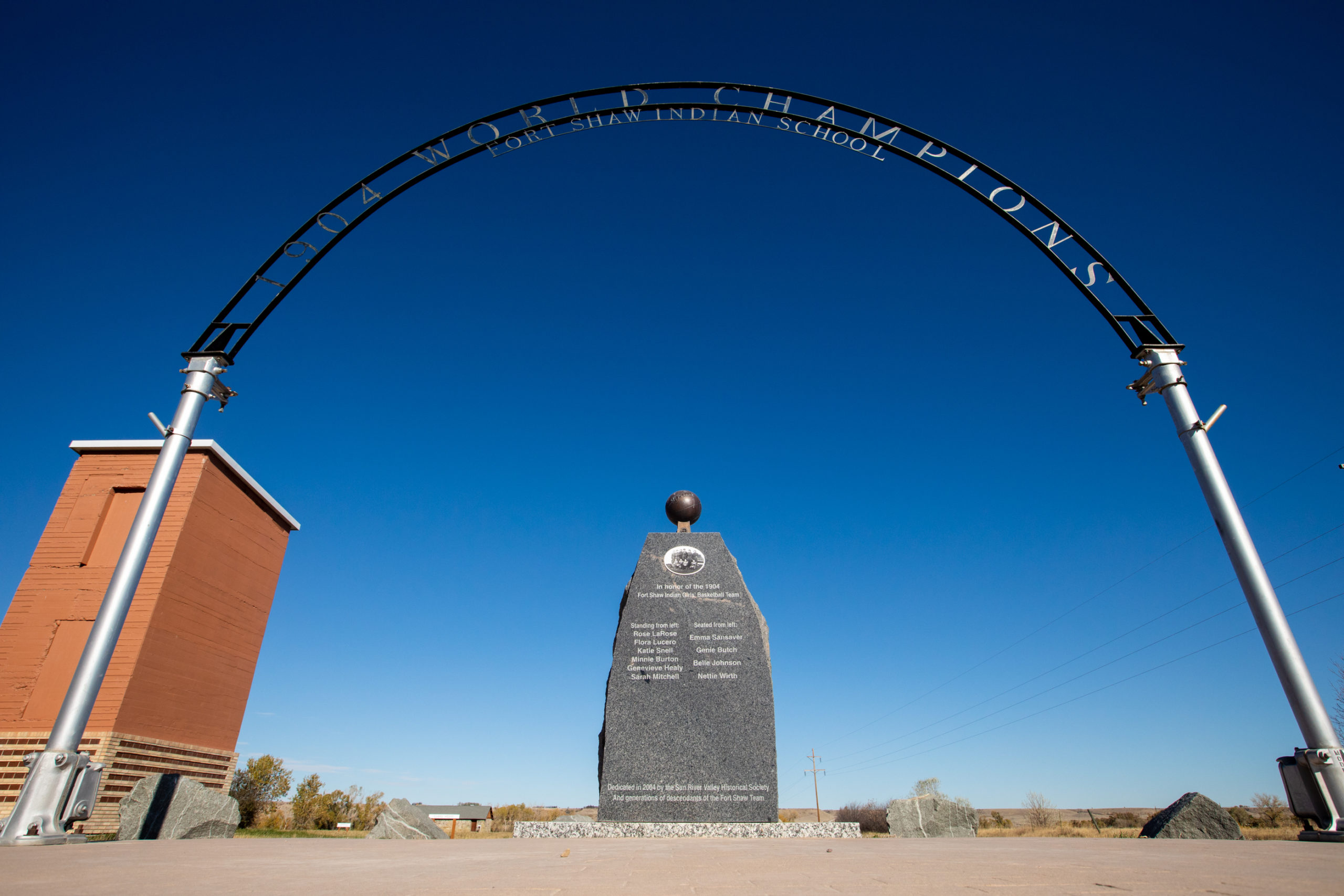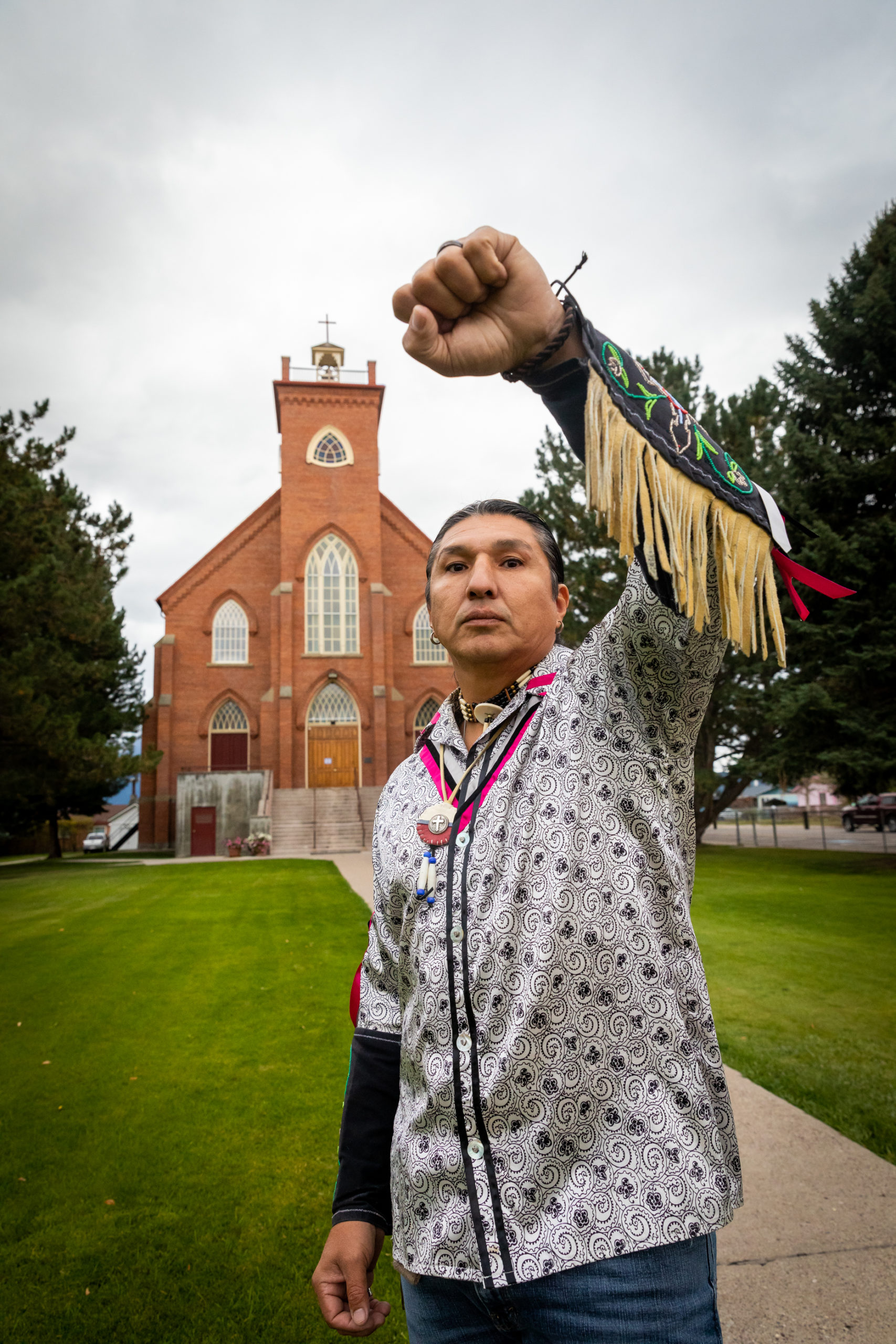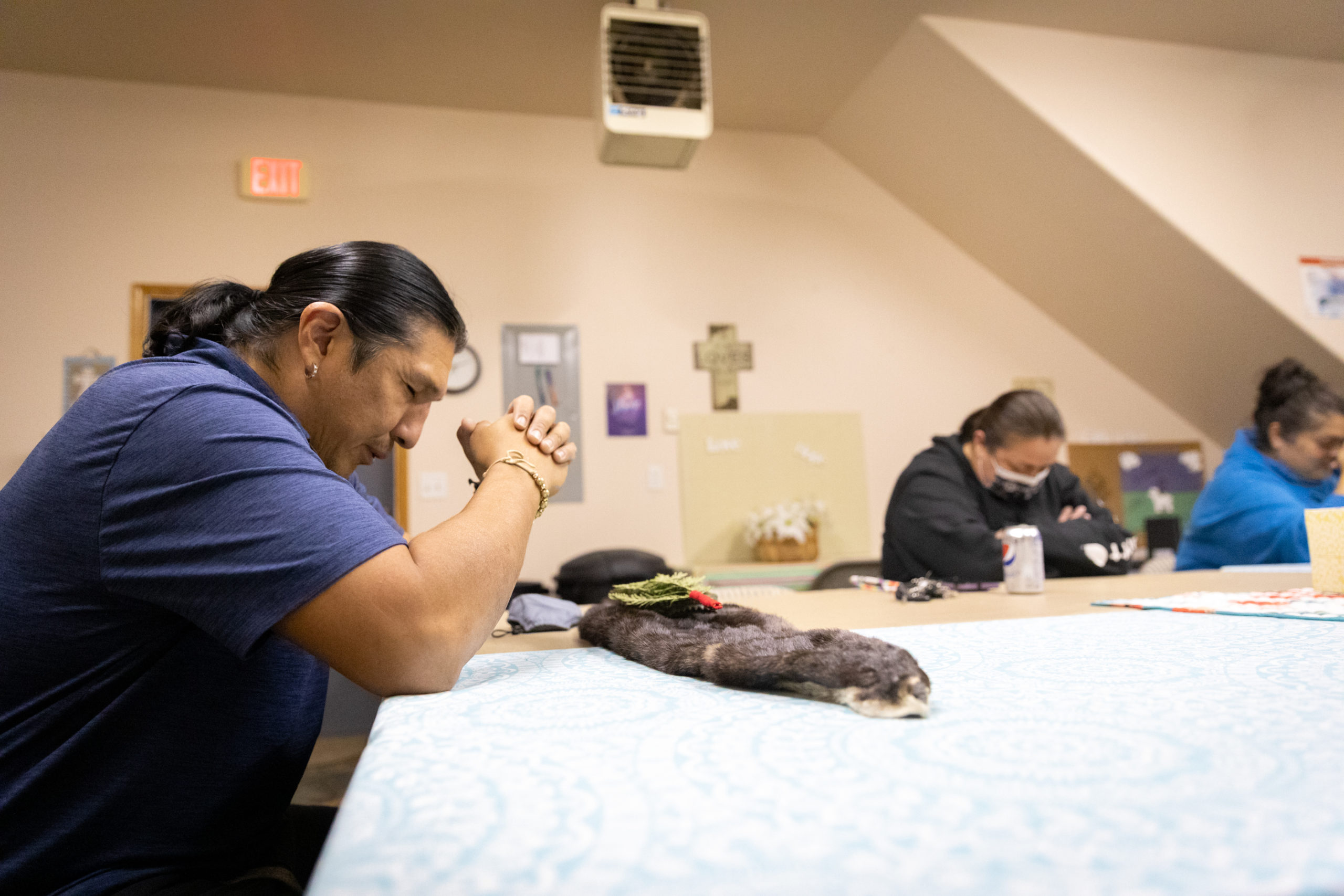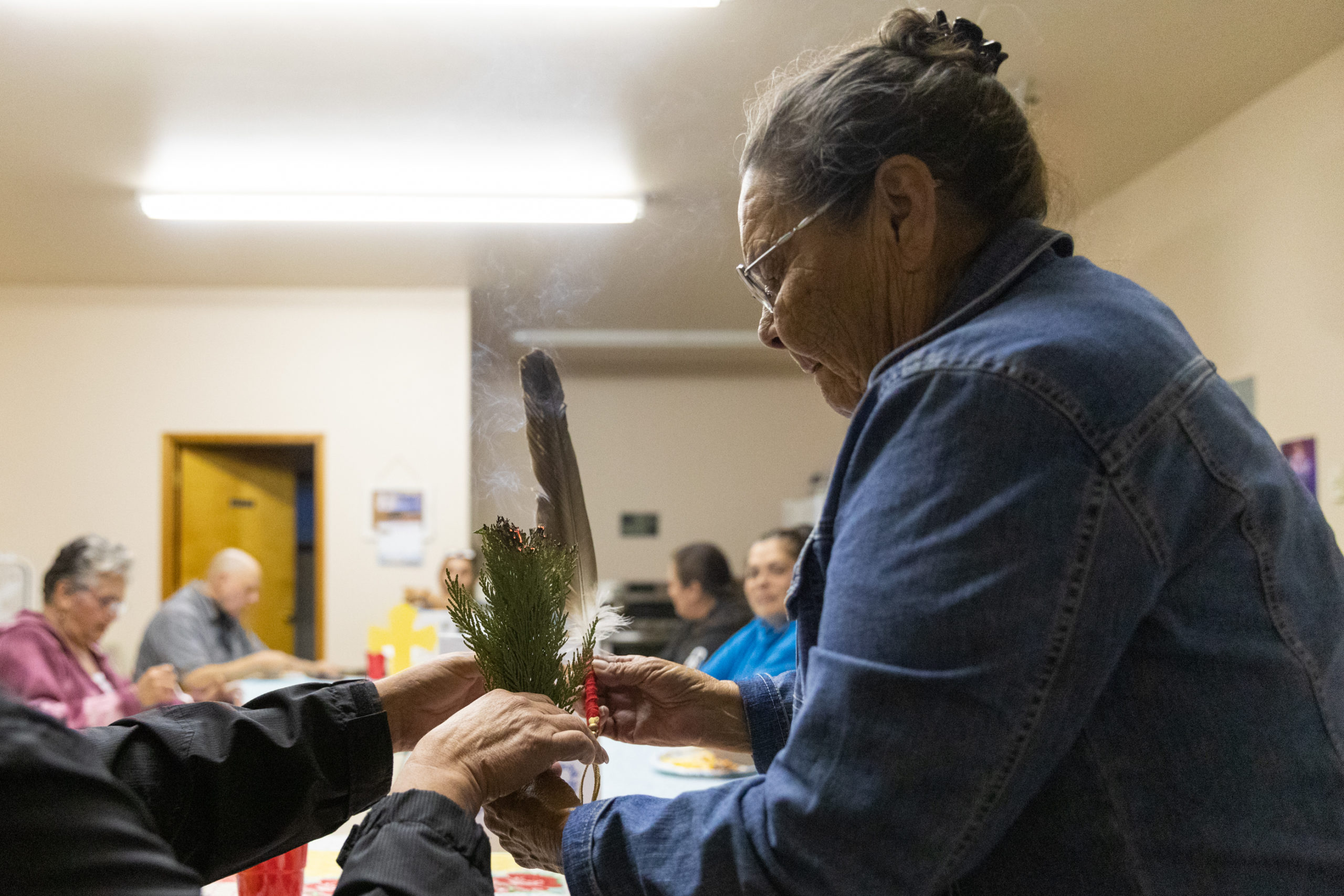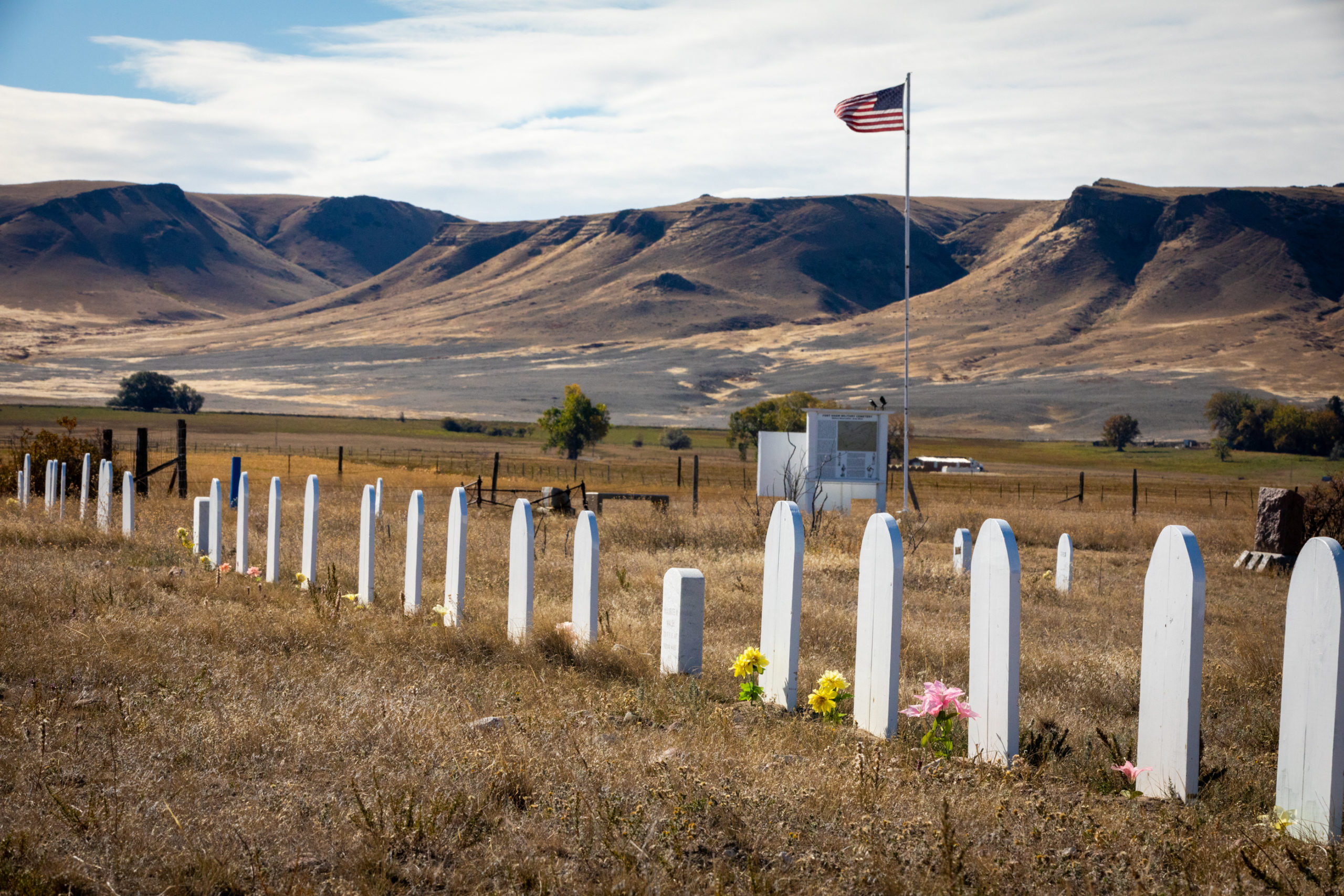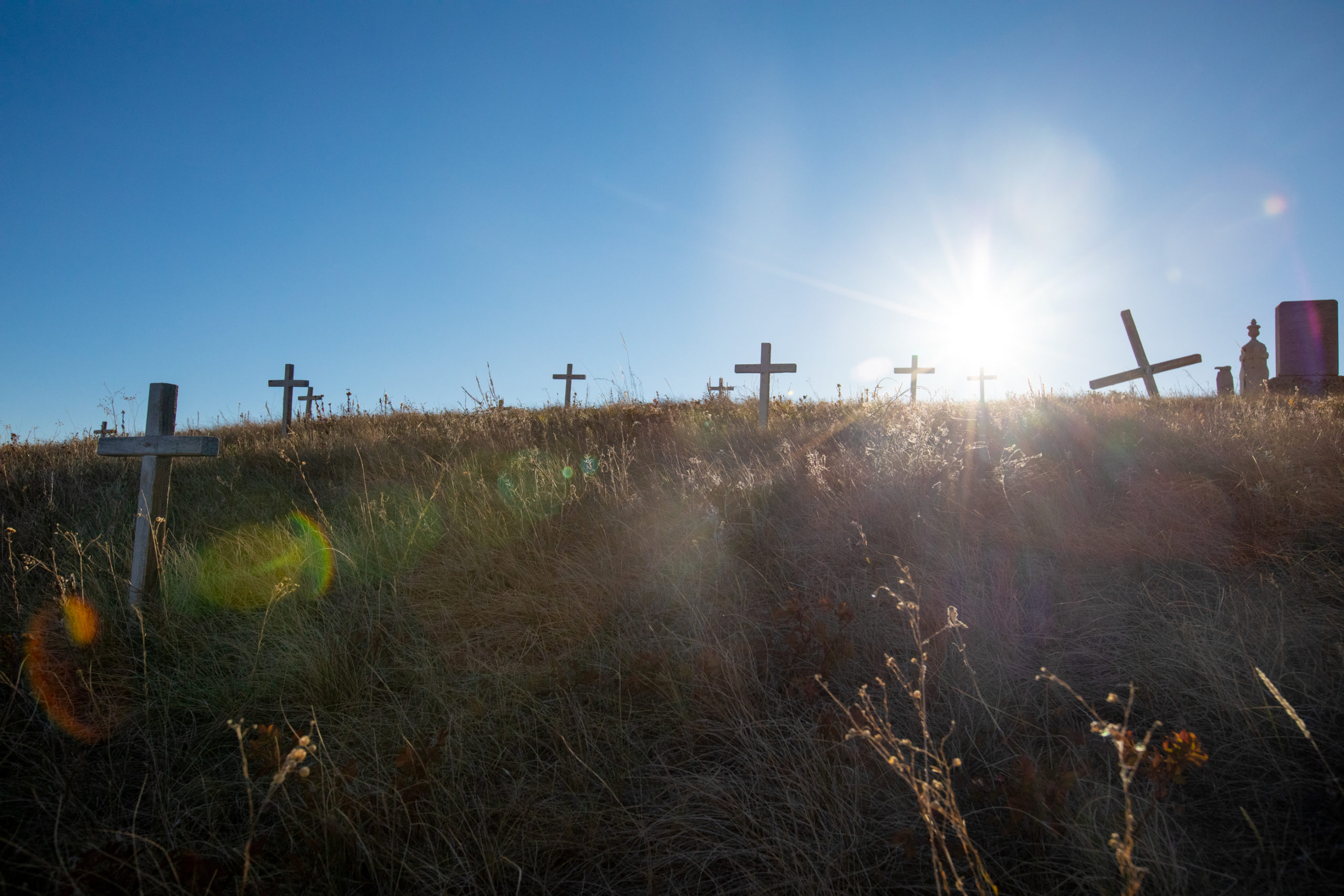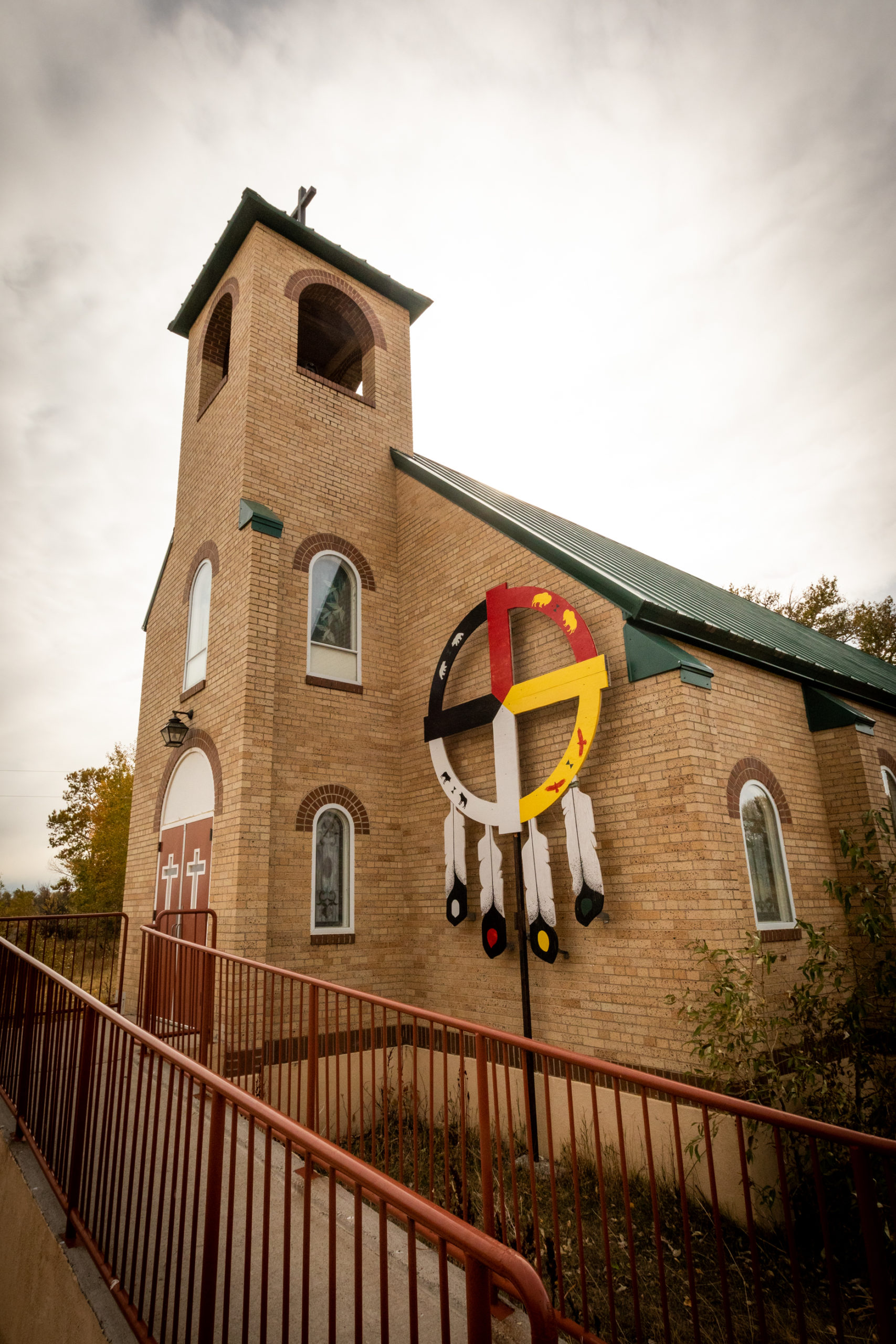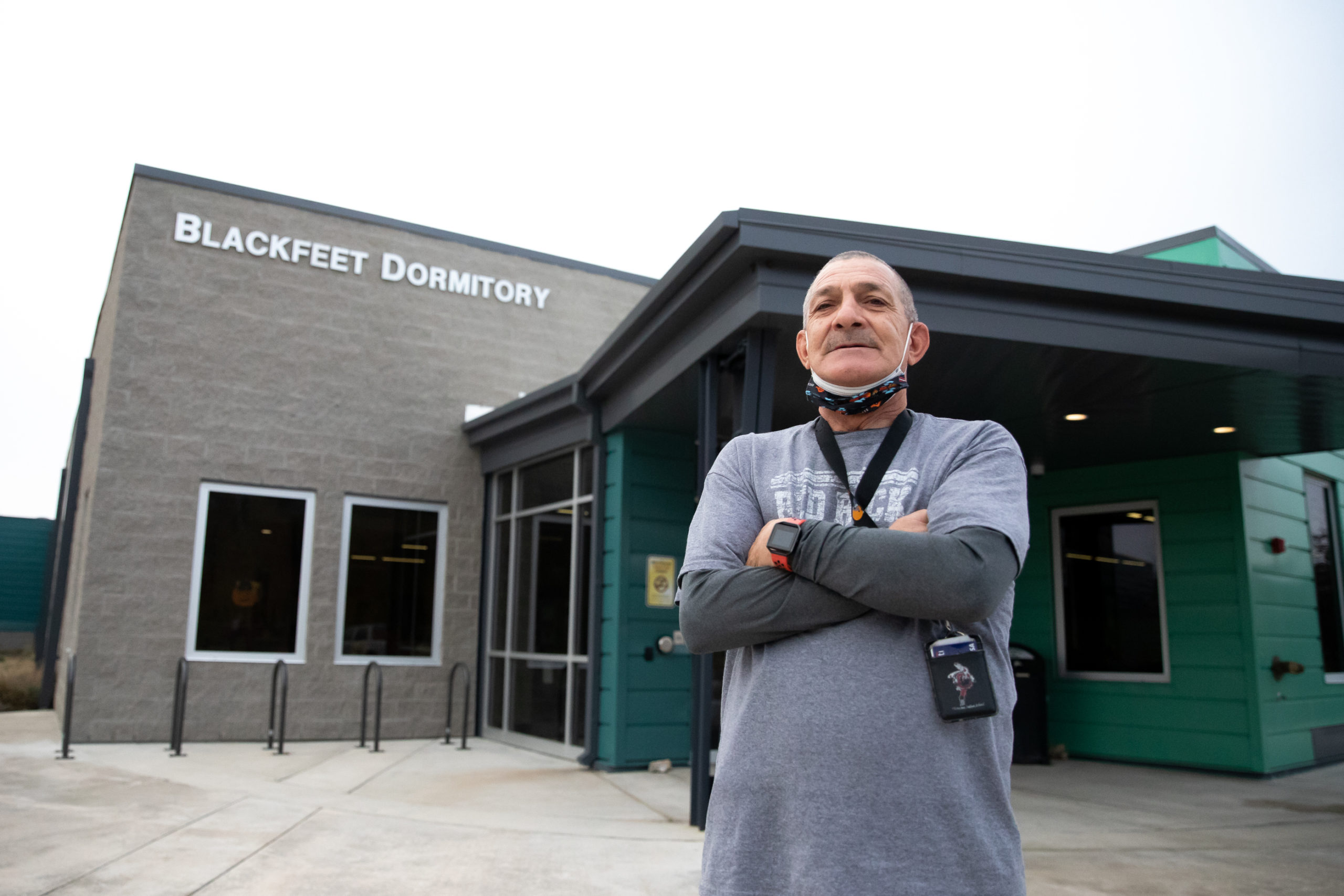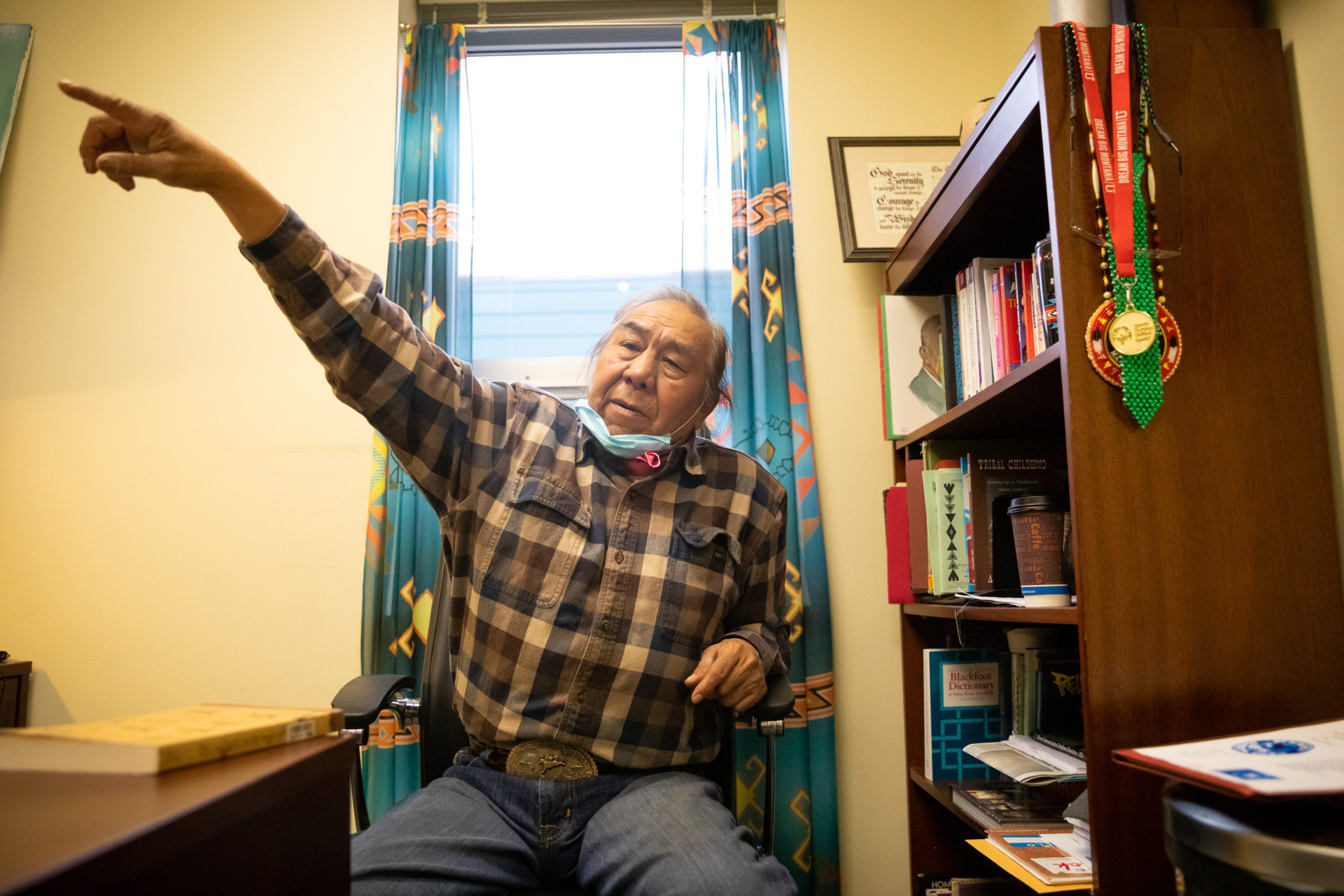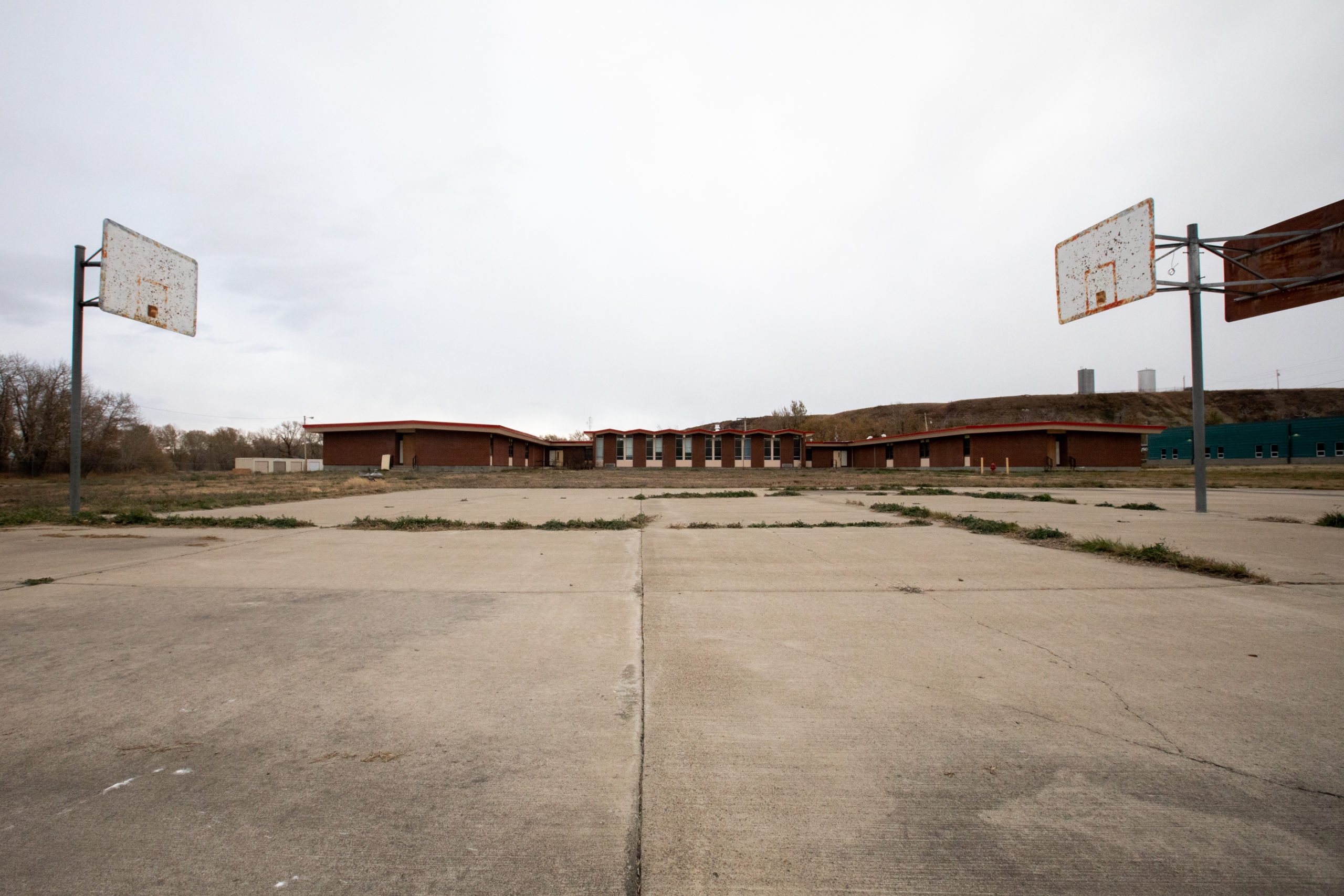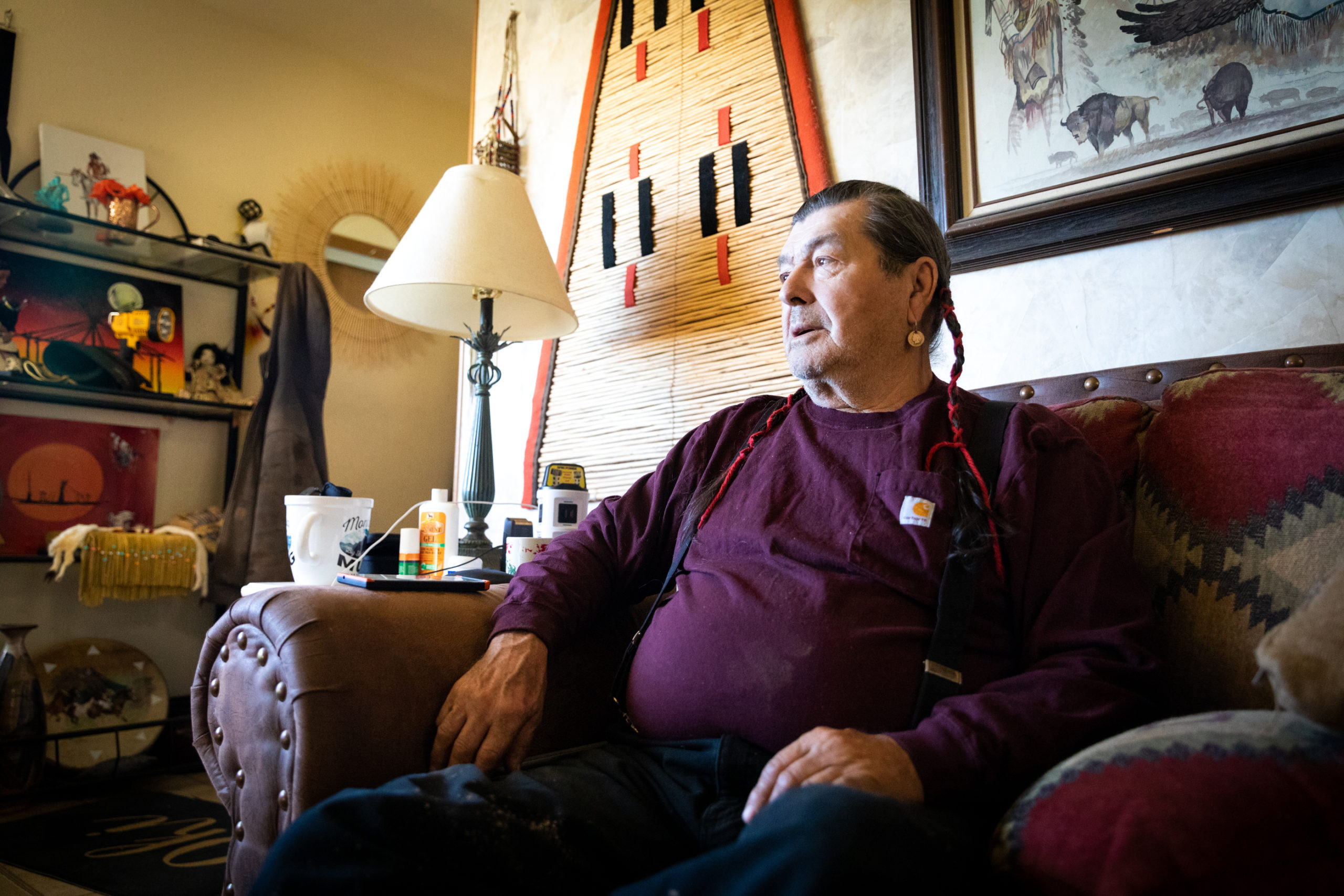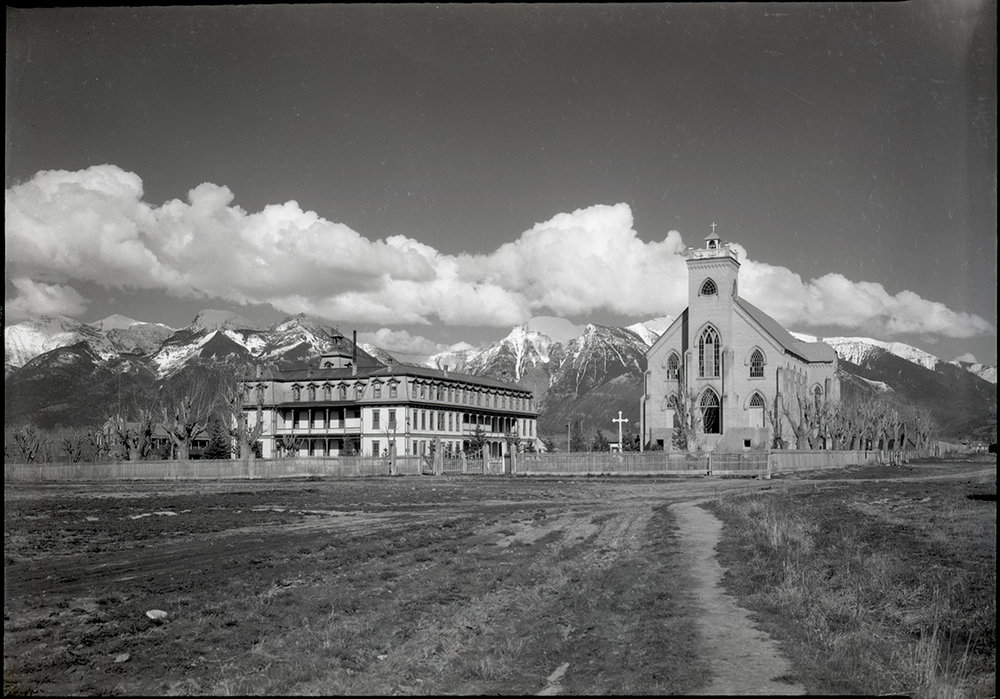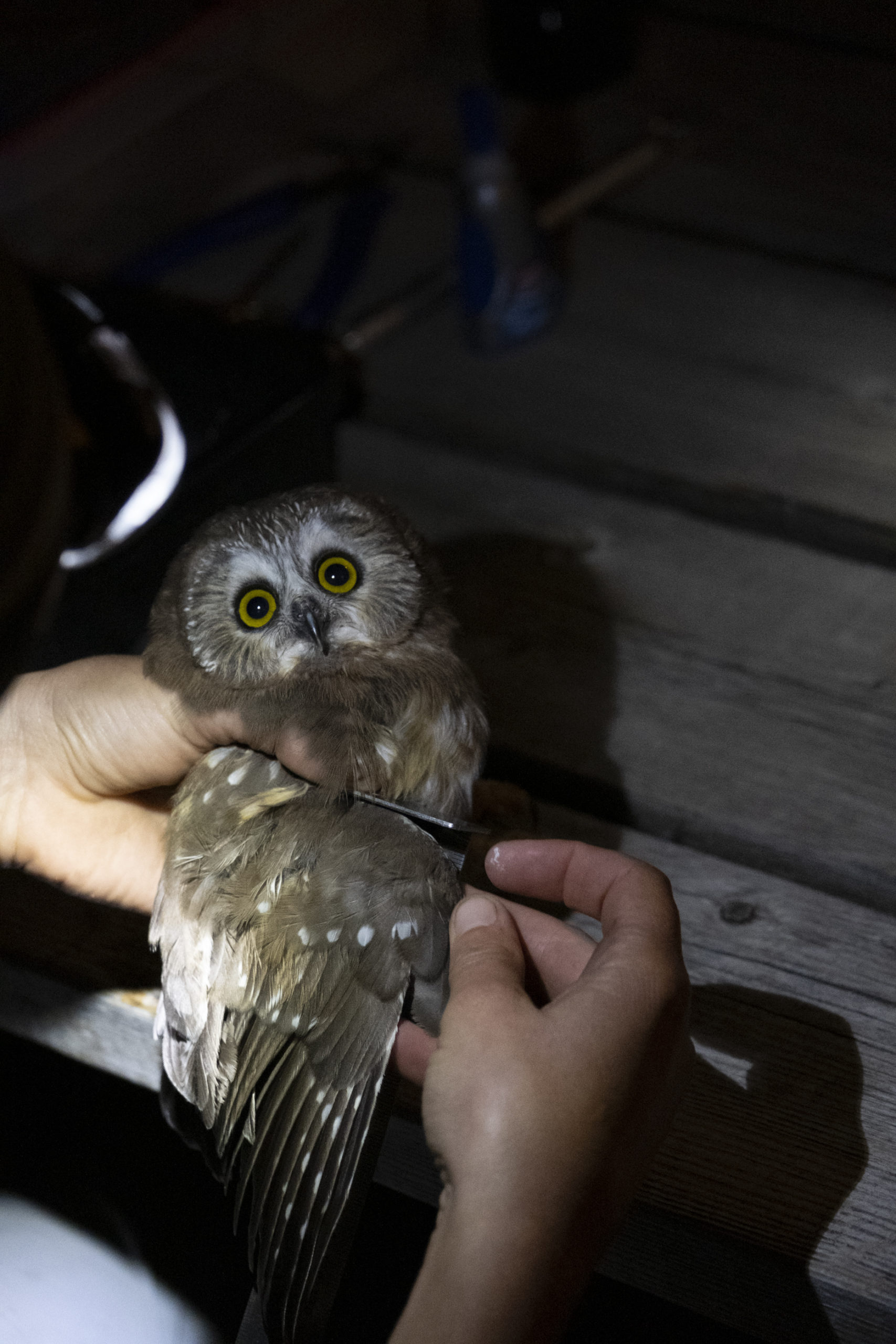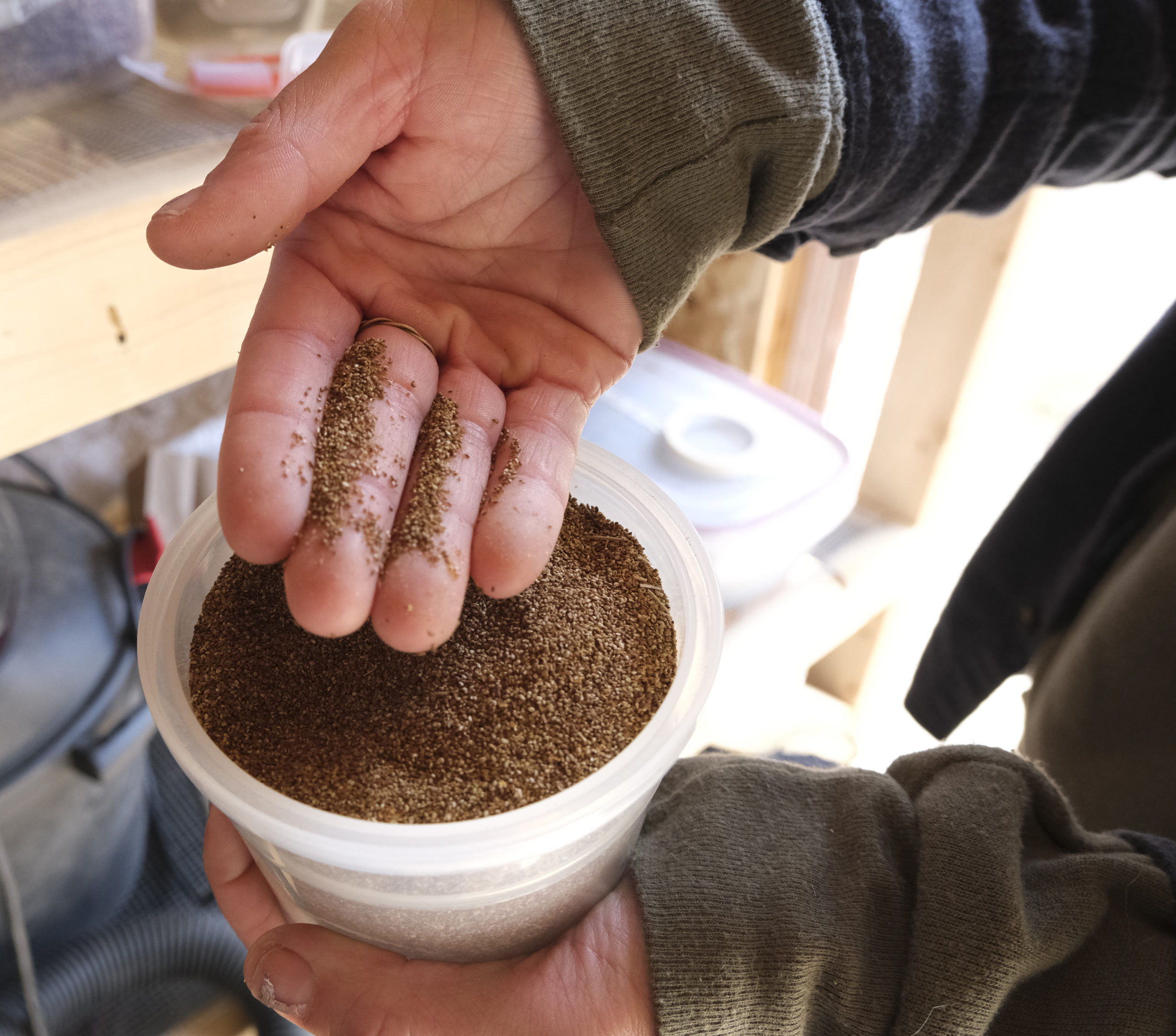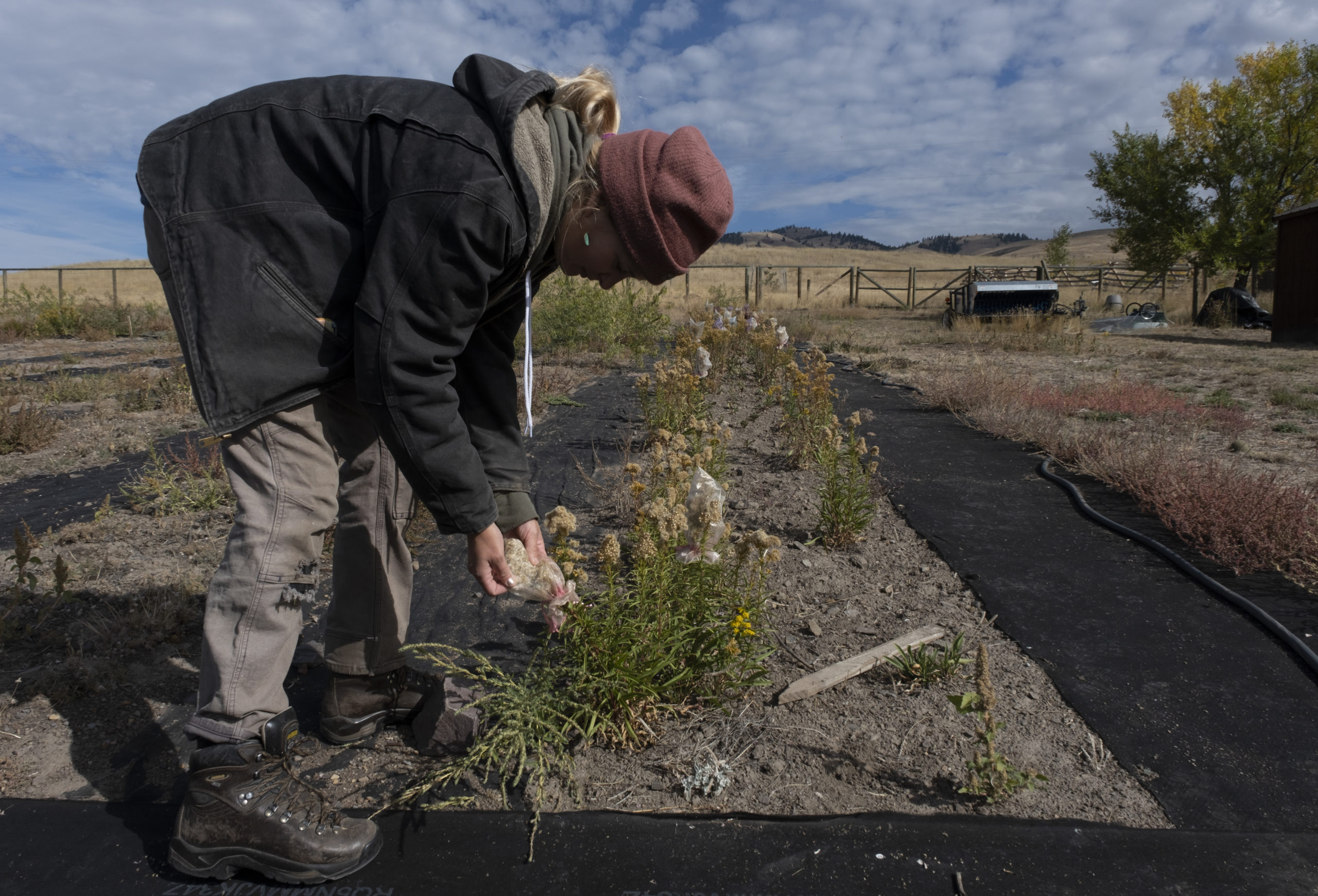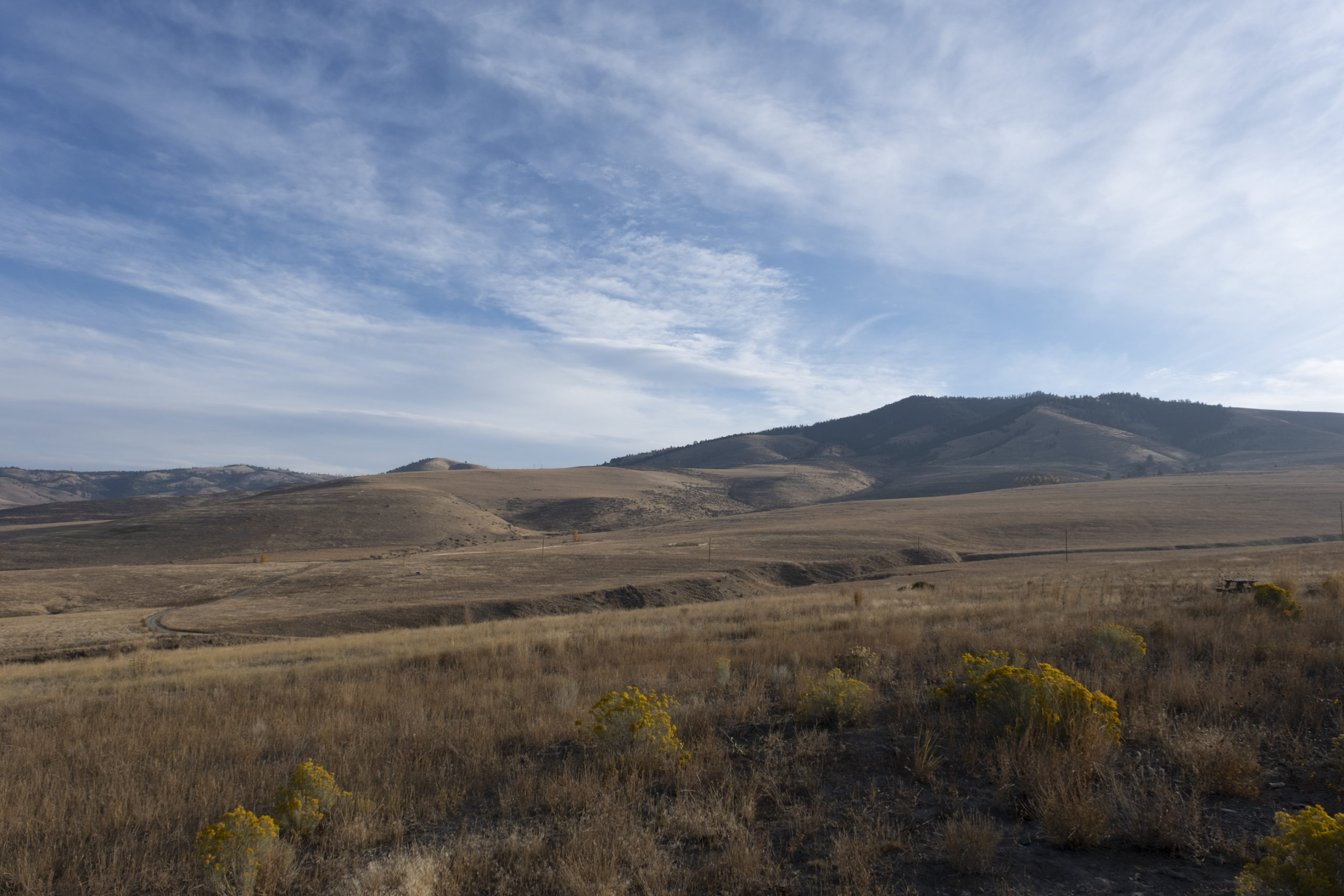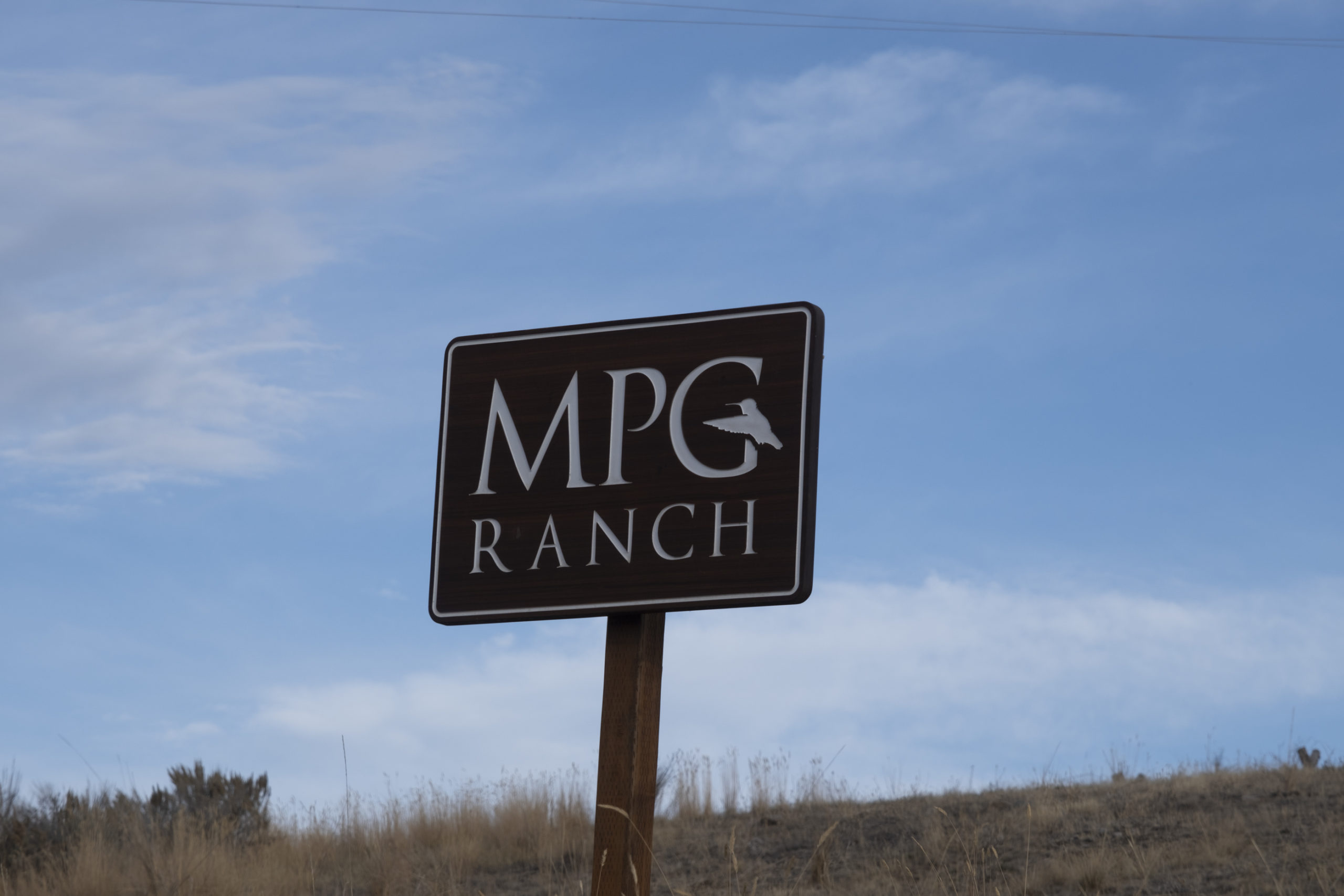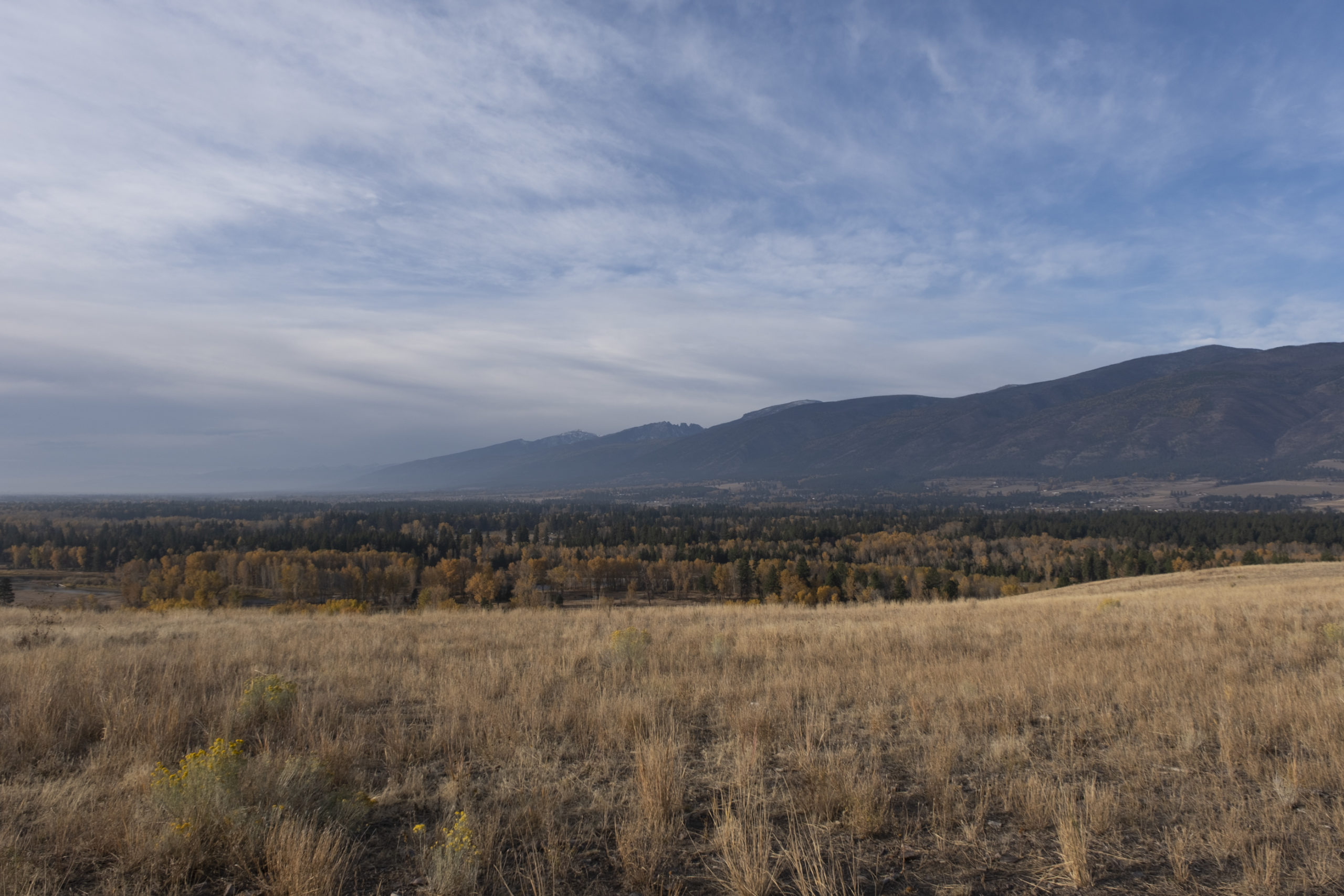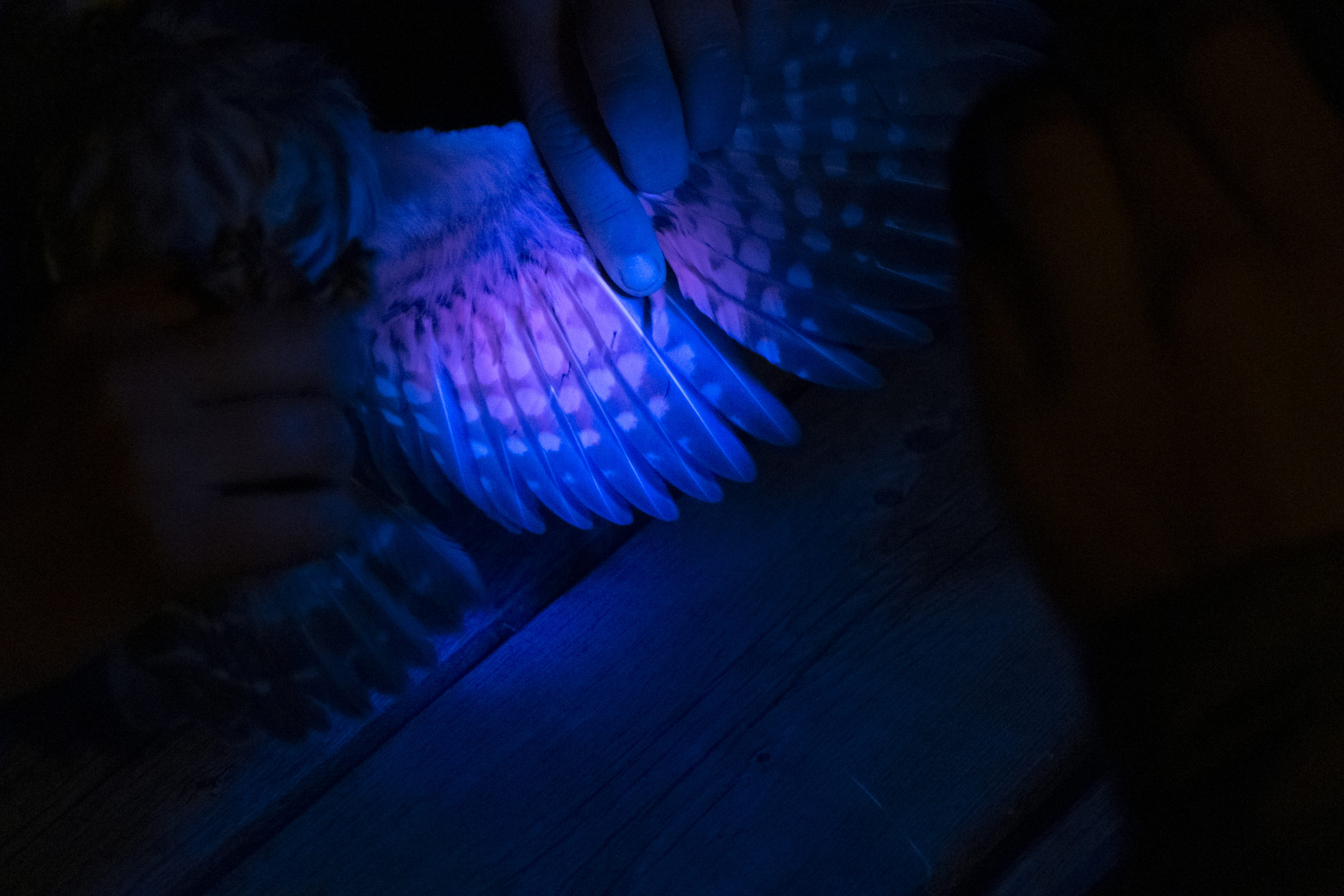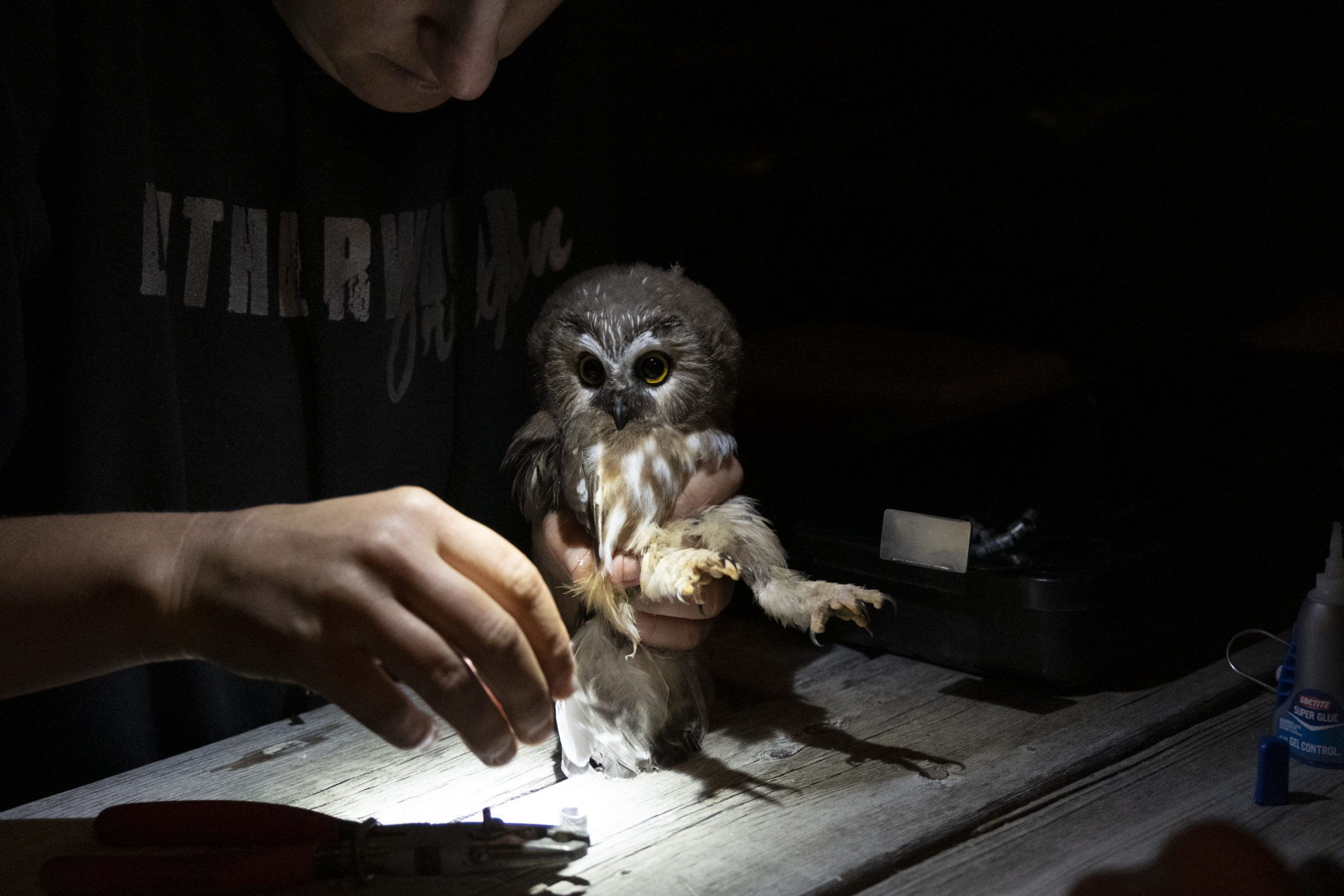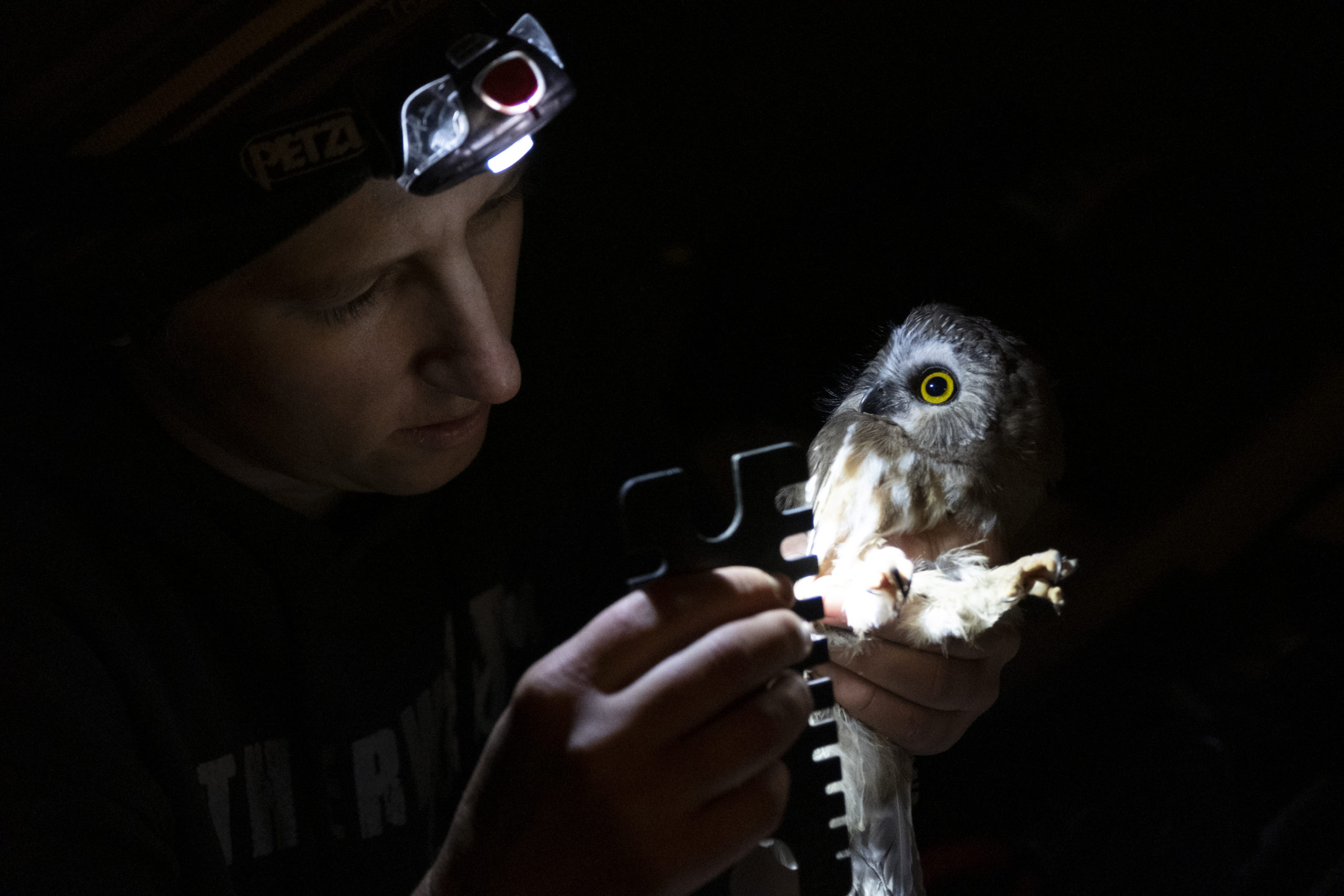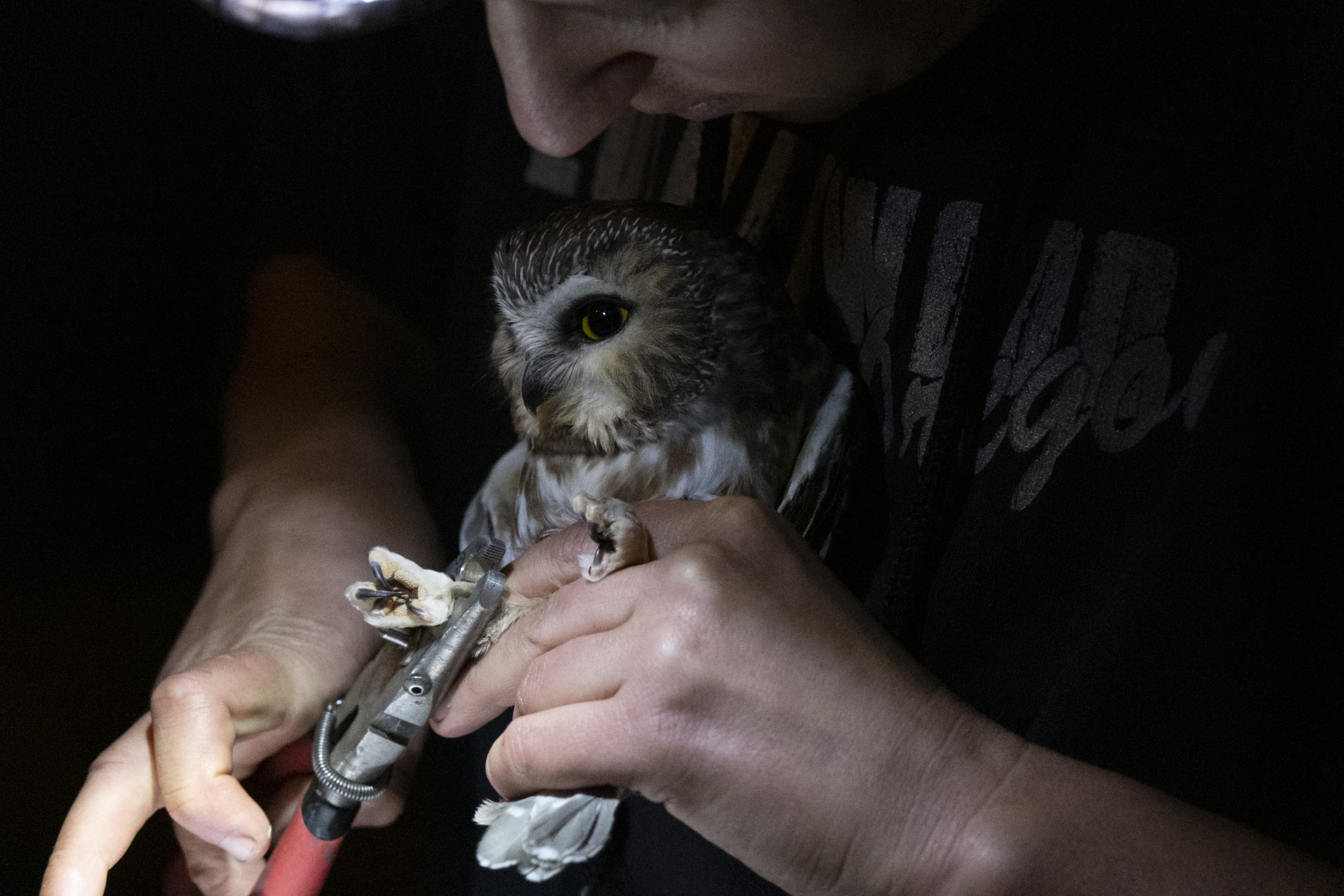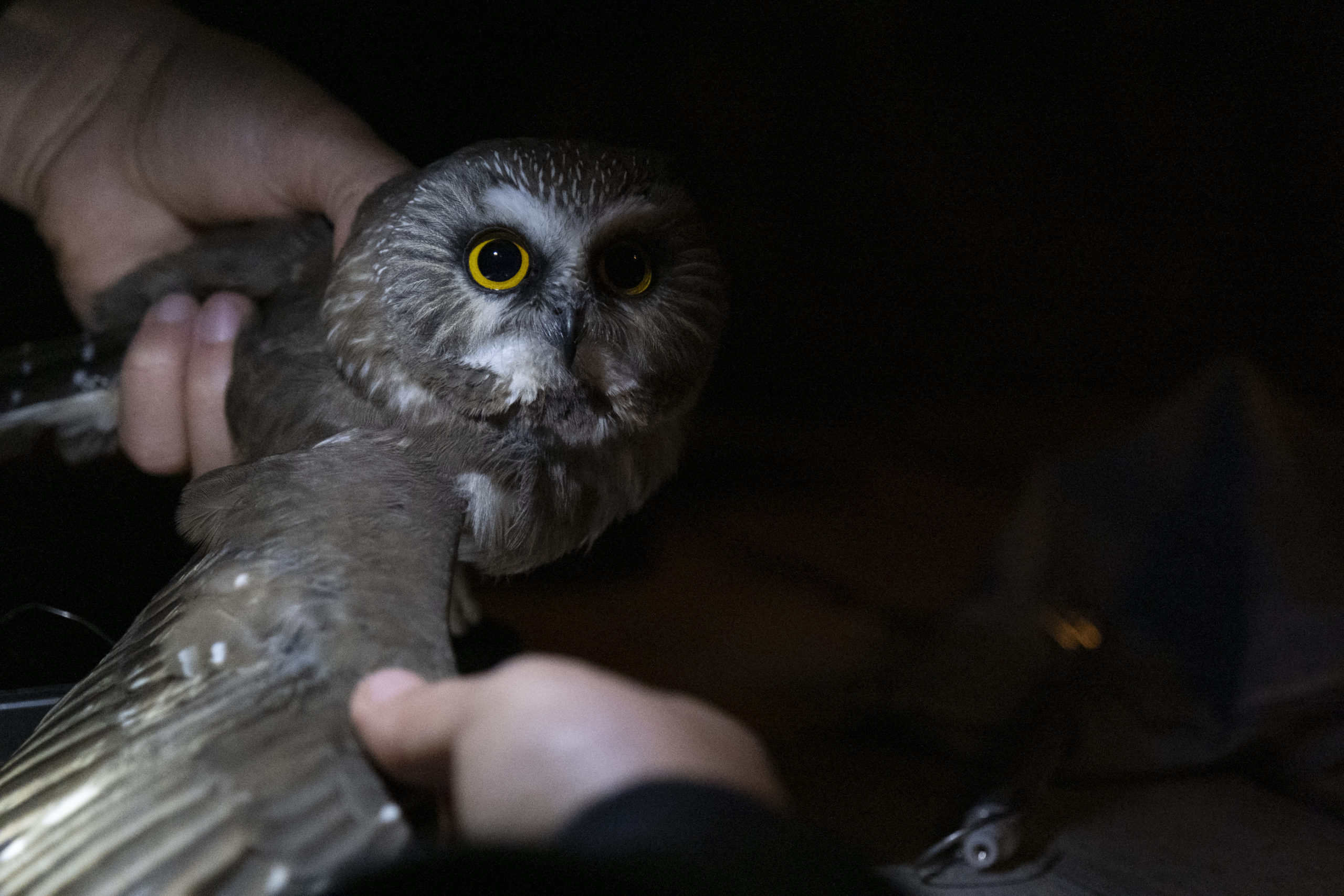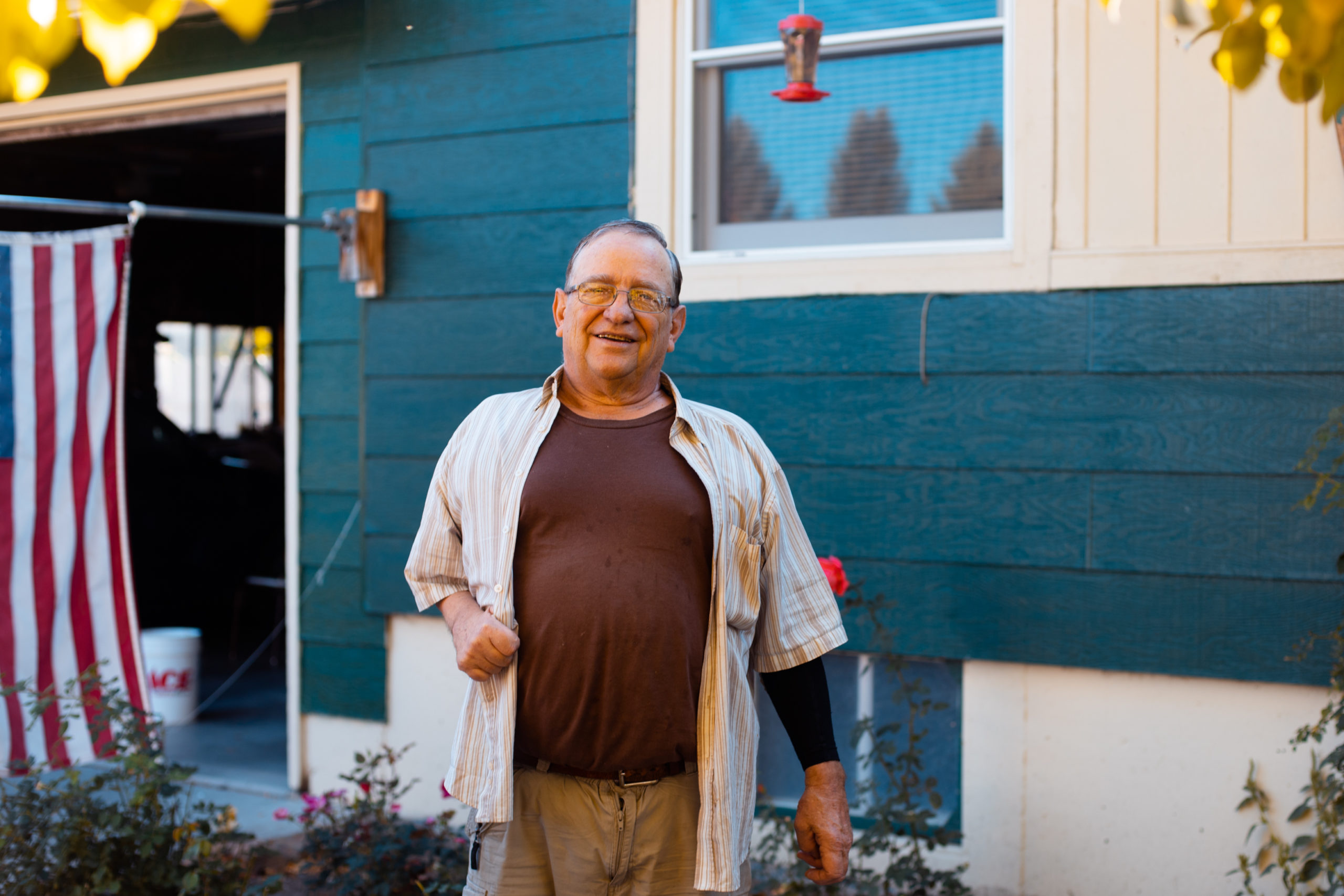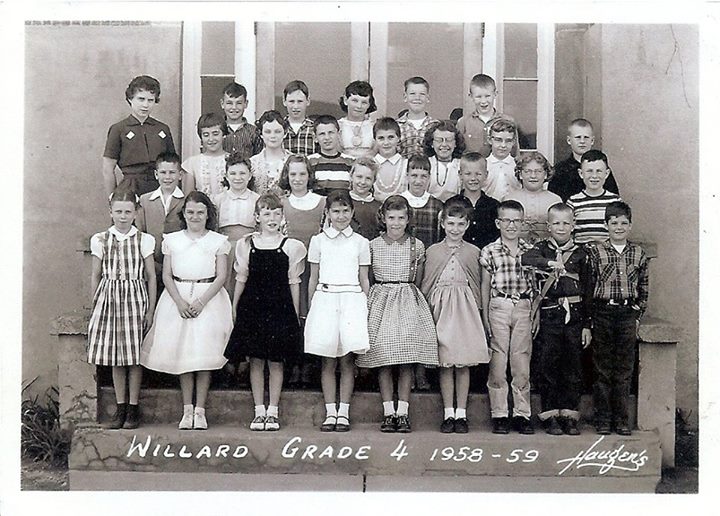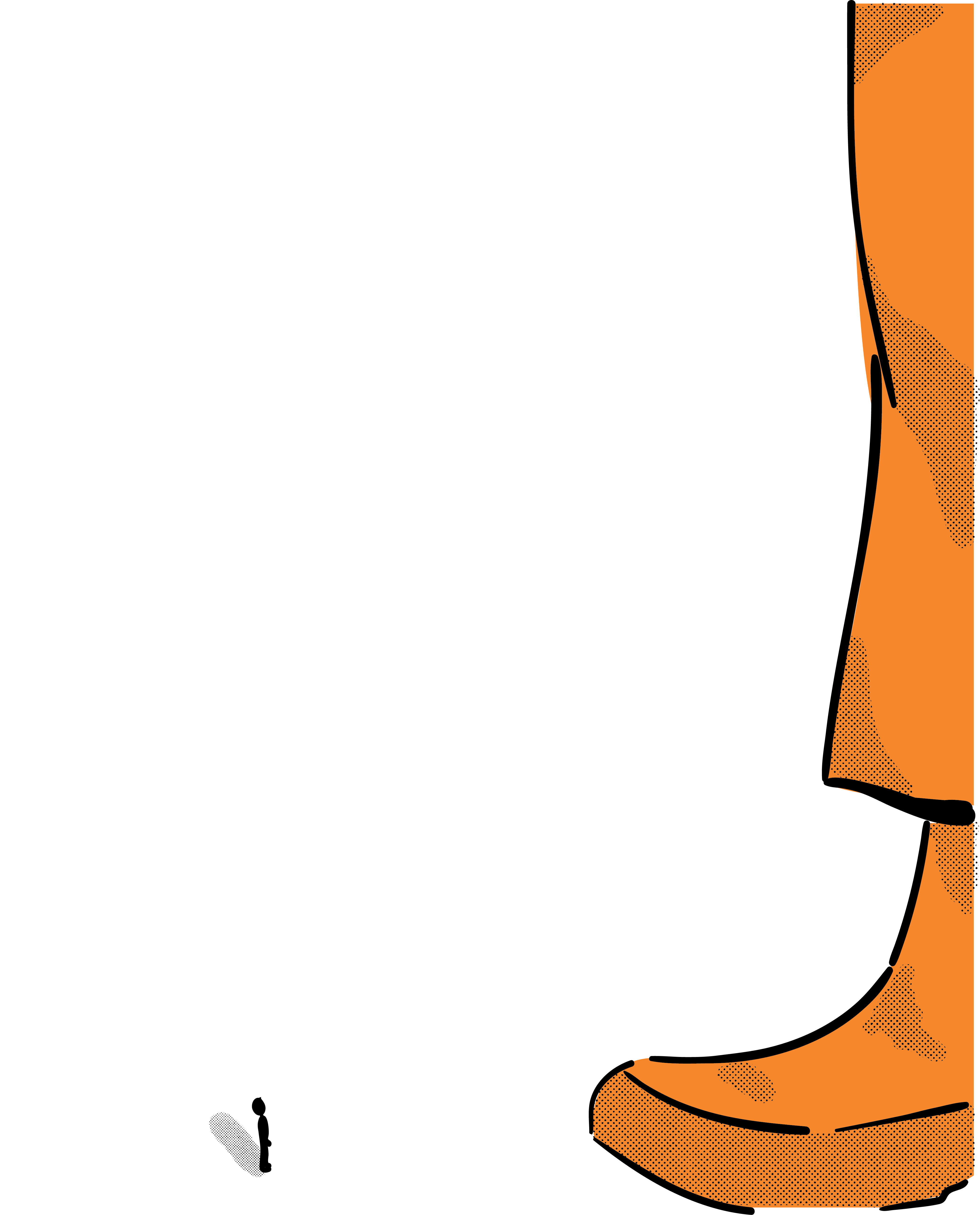No Place to Stay
The pandemic is pushing people
into Montana — and others out

Intro by Mazana Boerboom
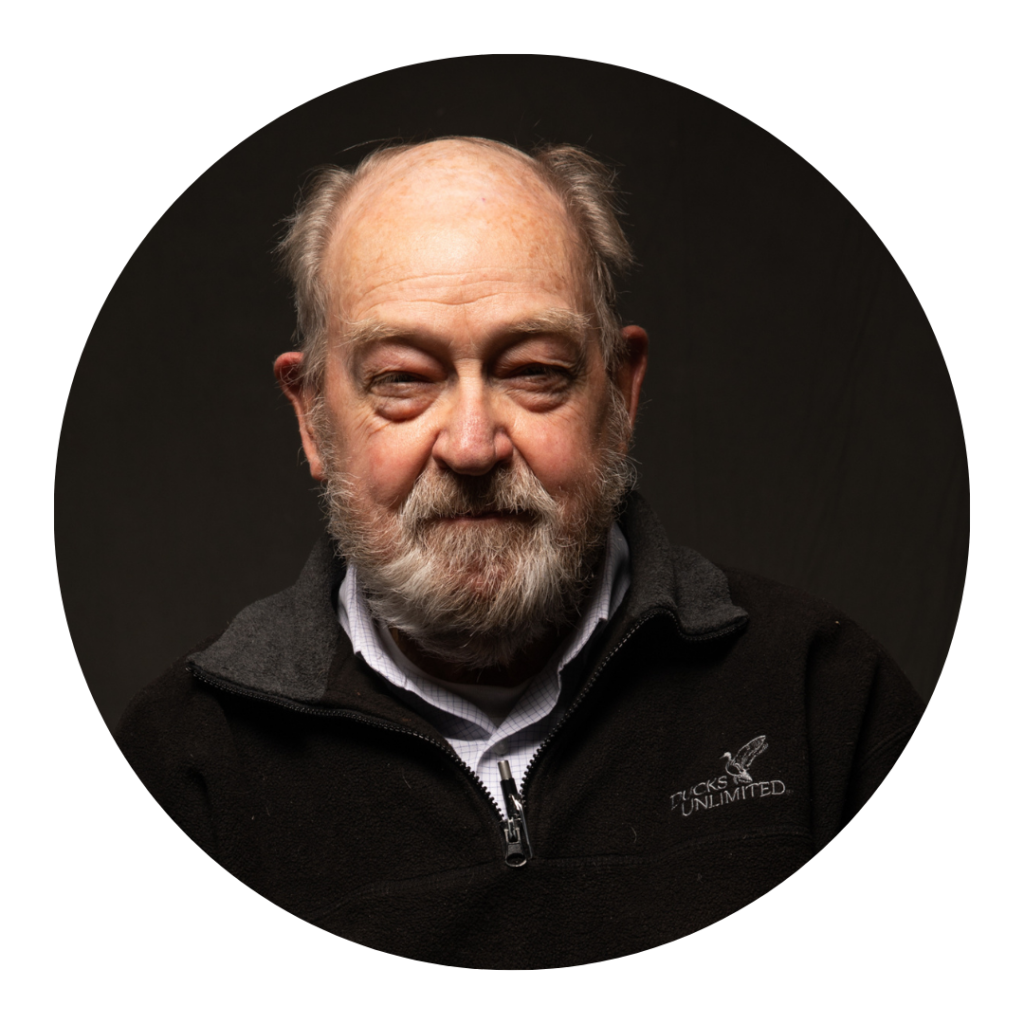
Story by Gerald Beeks

Photos by Collin Kuehn

Story by Asa Thomas Metcalfe
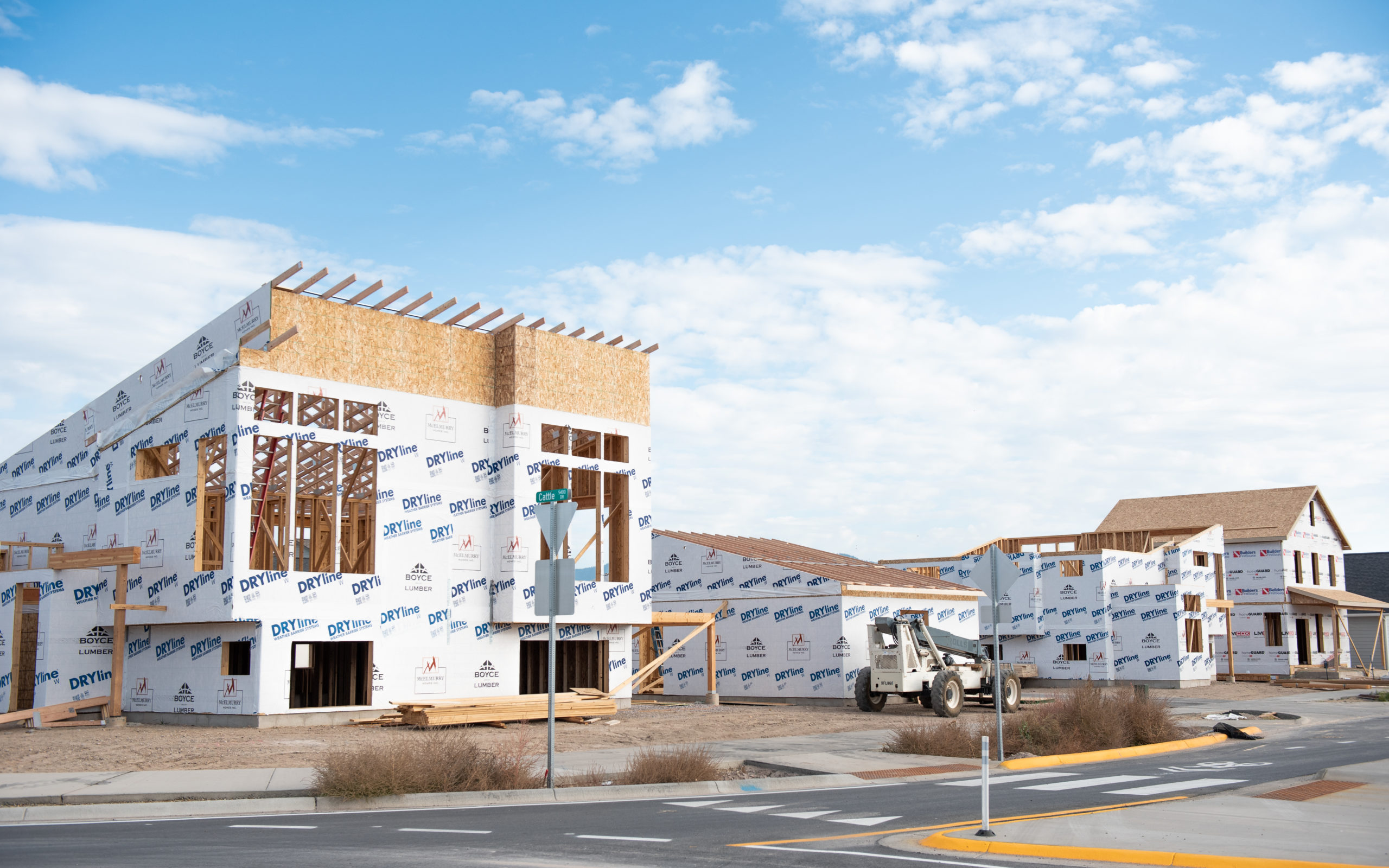
Walking the streets of Missoula, Montana, someone might notice the quirky variety of homes and apartments: Crumbling brick buildings, historic homes with ancient trees in their front yards — architecture influenced by a multitude of locations and time periods. It’s an enchanting place to live. But it’s also becoming increasingly difficult for the people of Missoula to acquire and afford housing, especially after the pandemic pushed people out of big cities and toward Big Sky country. Missoula isn’t the only place in Montana suffering from this housing crisis.
People are flocking to Montana like geese migrating north for the summer, but these people aren’t leaving in the winters. And they’re bringing the rising cost of living with them. The Bozeman Real Estate Group said the housing price index across the state increased by 10% in 2020, with the highest numbers in Missoula and Bozeman. According to the Missoula Organization of Realtors, the median price for a home in Missoula rose by about 35% since 2020, reaching almost $490,000 in September, 2021. The Montana rental vacancy rate stood at just over 4%, down 17% since last year, according to a nationwide study by iProperty Management.
The roller coaster that is this pandemic has added a layer of complexity to this issue. There’s a need in the state for doctors and nurses to help in the hospitals more than ever, yet there’s less and less space for them. Also, there’s a need for those with solution-based mindsets to combat the skyrocketing cost of living and resulting homelessness.
These stories by no means cover the extent of the housing crisis in Montana. There are hundreds more narratives to tell, from the ripple effect of the housing crisis into other parts of the economy, to the trials faced by real estate agents in an oversaturated market, to rising homelessness in the wake of COVID-19.
So, how have nonprofits and local governments been working to ease the rising costs of homes and provide affordable housing? And could this spike in the housing market bring more attention to the issue and give the fixers the boost they need?
They didn’t bring any houses with them
Story by Gerald Beeks
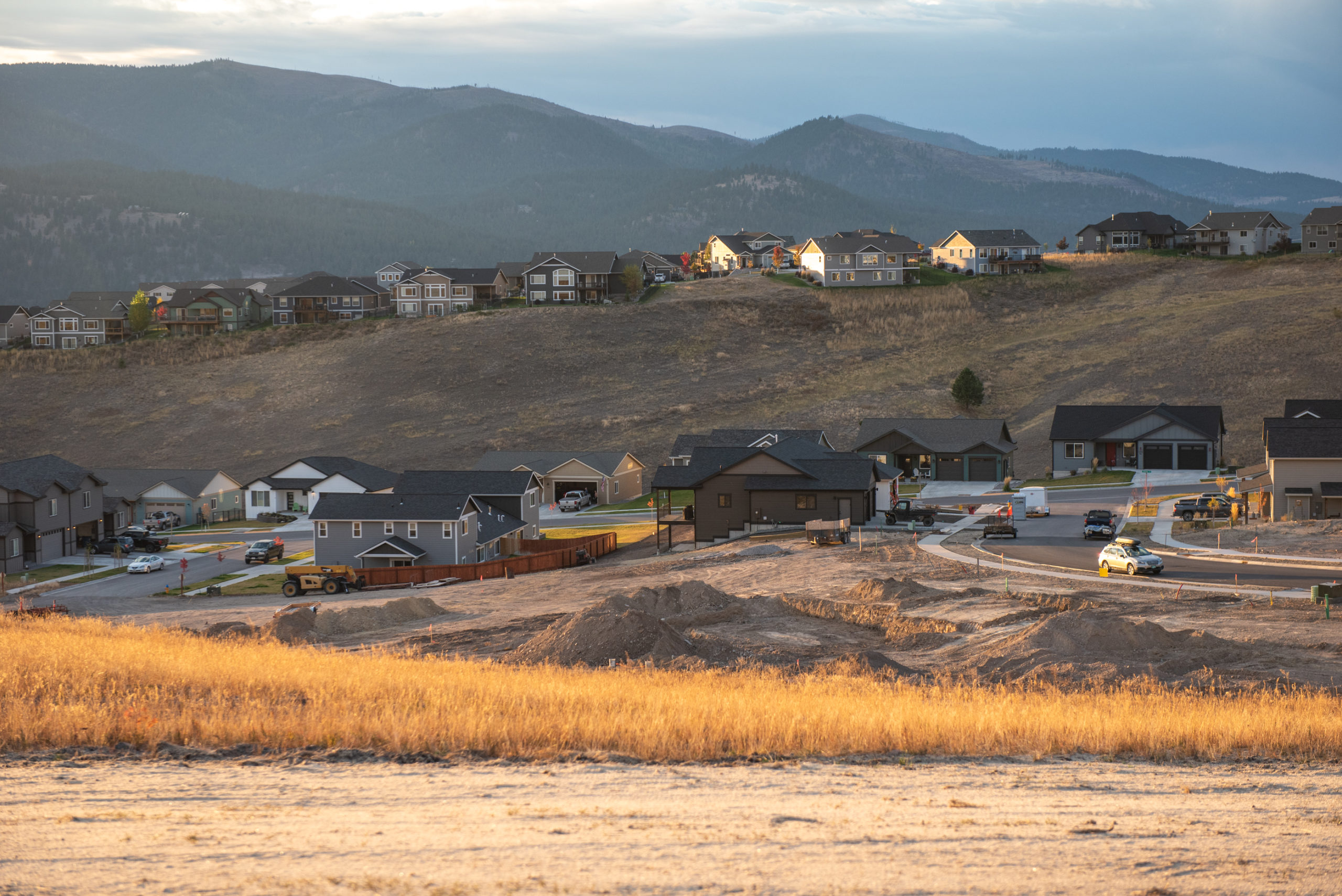
Polson is a small western Montana resort town on the south shore of Flathead Lake, halfway between Missoula and Kalispell. Being right on the lake, it’s a popular destination in the summer. The population doubles from approximately 5,000 people to 10,000 during the tourist season, which starts in late spring and ends in early fall.
On a recent September day, the lakefront empties out as boats are dry-docked for winter. A brisk wind blows and the smell of burning leaves hangs in the air — which is normal — but something has changed. This year, not all the visitors are going back home. A lot of them stayed here.
There has been a substantial increase in the number of people migrating to Montana from the rest of the country since the start of the pandemic. In an Aug. 19, 2021 meeting in Polson, discussing the housing shortage, Bill Barron, a Lake County Commissioner, reported 3,100 people moved into Lake County since April 2021.
They didn’t bring any houses with them.
This pandemic migration is causing a reduction of available housing due to new people buying and renting homes. The shortage is impacting workers in all parts of the economy. Some workers are moving out of the area as rentals are bought. The rent is raised by the new owners and tenants are priced out of affordable options. This causes a small but significant migration of workers out of the area. And now, like so many towns across the country, Polson is full of main street shops with “help wanted” or “now hiring” signs in the windows.
Some of the more serious impacts are at hospitals and health clinics.
Housing for health care workers is quickly moving from a normal staffing problem to a crisis. The amount of housing that would normally be available in Montana for incoming and traveling doctors, nurses and other professionals has been reduced or has vanished altogether.
Devin Huntley, Chief Operating Officer of St. Joseph hospital in Polson, said there is a serious housing shortage for his staff. St. Joseph is a 250-position hospital.
“I currently have 40 staff positions open with no applicants, due to the lack of housing,” Huntley said. “One traveling nurse brought her own camper and parked in the parking lot during her stay.”
St. Joseph purchased four rental units for housing that “are filled up all the time.”
Steve Todd, the CEO of St. Luke Hospital in Ronan, 11 miles south of Polson, also acknowledged that there is an ongoing housing shortage which has only gotten worse since the start of the pandemic. St. Luke has two residences on long-term lease for contingencies, one occupied by a traveling nurse and another by a new physician the hospital recently hired.
Another new St. Luke physician is living in a remodeled basement that was placed for rent by a local homeowner.
“We couldn’t find anything else, and we had to help him find even that,” Todd said. The doctor is still looking for a permanent place to live.
Ed Meese, the Polson City Manager, and Juan Escano, the planning manager, have been looking for solutions since the Aug. 19, 2021 meeting. They are sending staff to Boise, Idaho, to meet with two manufacturers of prefabricated homes to look at pricing, quality of construction and speed of installation. This will help the city to assess the requirements needed for bids to bring in affordable housing. Meese said this addresses only part of the problem, but might help to pre-qualify bidders in the overall process of procuring affordable homes. Finding developers and providing incentives for them to build affordable housing and work out the infrastructure are other pieces of the puzzle.
The Polson City administration had two meetings with Kim Morisaki, the Executive Director of the Northwest Montana Community Land Trust, who created a formula and process to sell property as affordable housing and keeping it as affordable housing. It has worked with the City of Kalispell for over a decade providing low-income housing. It also works with the City of Polson to offer more information on its process and work out a partnership.
According to Meese, the meetings “went very well.” He said the city’s trust fund would buy the property, redevelop the houses and keep the land. “Just the house would be sold, not the property.”
Community land trusts (CLT) are not new. Versions of land trusts have been used in communities since the late 1800s. Some are still in operation today. The idea is based on community ownership of the land and individual ownership of the improvements. There are three organizational characteristics that define a community land trust:
1. The landowner is a private, nonprofit corporation with a corporate membership that is open to anyone living within the CLT’s geographically defined “community.”
2. A majority of the governing board is elected by the CLT’s membership.
3. There is a balance of interests on the governing board, where seats are allocated equally among directors representing the CLT’s leaseholders, directors representing residents from the CLT’s service area who are not CLT leaseholders and directors representing the public interest.
Some money can be applied for by a city or county government on behalf of the land trust. The land trust can use the money as directed by the organization that grants the funds, like buying existing houses, building houses, buying land, and rehabilitating houses. Some grants allow for homes to be sold to people with up to 120% of area median income and others only allow for the homes to be sold to people with up to 80% of area median income.
“Each grant has its own set of rules and we have to agree to use the money accordingly,” Morisaki said.
In some cases, the houses are already there and need renovation. Either way, the new or remodeled housing will be ready for sale at an “attainable” price.
A contract between the trust and the new owner stipulates a 75-year lease on the land, where the owner buys the home only, through a mortgage with a local bank. Ownership of the land remains with the city through the trust. The agreement allows for the owner to sell the home back to the trust with the caveat that the selling price cannot be more than the price the owner paid plus up to 25% of any increase to the appraised value at the time of the sale. This keeps the home attainable for future buyers at an affordable price. This program creates “a one-time investment of grant or donor money to make the housing permanently attainable,” Morisaki said.
She said the Kalispell trust started in 2009 and resulted in 52 homes. Morisaki had four houses out of the 52 come back on the market last year, which resold for between $110,000 and $185,000. This was just last year, during the wild pricing increases. She estimated that the annual turnover rate out of the 52 is around four or five homes.
No one knows when the housing shortage and resulting upward spiral in pricing will start to back down. In the meantime, Montana residents not only have to deal with the upward spike in the COVID-19 pandemic, but at the same time try to find housing for those who have been displaced.
As Missoula affordable housing shrinks, land trusts offer refuge
Story by Asa Thomas Metcalfe
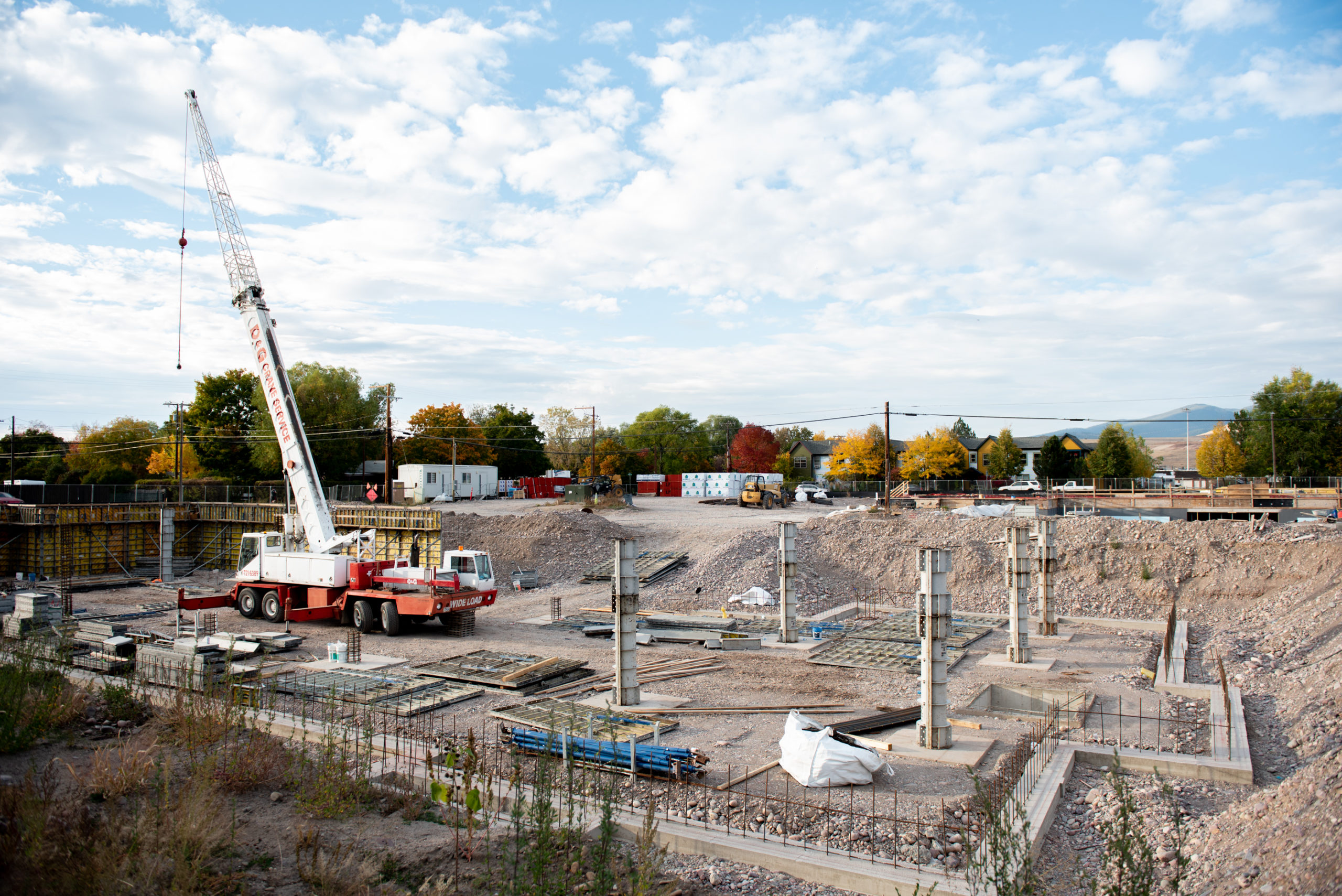
The Burns Street Commons is composed of a block of 17 multi-colored townhouses and commercial space that cap the post-industrial edge of Missoula’s Westside. Pressed against the railroad tracks and a trailer court, the townhouses encircle a fenced communal lawn. Balconies overlook practical private gardens of flowers and kale. A blueberry vine winds up the corner light post.
Across the lawn is the commercial space, Burns Street Center, which is occupied by three businesses: Western Montana Growers Co-op, Plant Perks and Burns Street Bistro, a popular place for brunch. Burns Street looks like a lot of old Missoula streets in the area — a combination of trailers, craftsman homes and historic railroad houses. But the Burns Street Commons, which was built in 2008 in response to public concern about affordability and homelessness, stands out.
The Commons is a community land trust project of the North Missoula Community Development Corporation (NMCDC). The nonprofit organization aims to provide affordable housing by holding land in trust and enforcing a resale restriction to keep those homes affordable in perpetuity. At a time when housing prices have skyrocketed and priced many working residents out of the market, land trust developments could be one of the few options for home security and ownership that residents have left.
Missoula saw a 35% increase in home costs in the first year of the pandemic as the demand for housing increased.
“There’s no room for regular people here anymore,” said Bob Oaks, executive director of NMCDC. “When I say regular people, I mean, people that have the jobs that Missoula provides.”
NMCDC has three other properties in Missoula, some with single-family developments and some townhouses. In all, NMCDC has created 53 affordable homes, plus the Burns business space, and according to the organization, it has made housing affordable for more than 100 families.
“We have housing that is de-commodified,” Oaks said. “That is not subject to market increase and competitive bidding for purchase.”
Homeowners in land trusts pay a mortgage, which tends to be a lower monthly expense than an average rent. The home also appreciates 1.5% on the original value for each year the owner lives there. If they do eventually choose to sell the home, they recoup their original investment plus the accrued equity.
“They’re not paying the landlord, they’re paying into their own equity,” said Brittany Palmer, the Community Land Trust Program Manager and Community Organizer at NMCDC.
Land trusts account for a relatively small amount of land in Missoula. They exist as islands in a tumultuous storm of real estate prices. Often, there are no land trust properties available for purchase and the waitlists for interested buyers are long.
“Everybody knows somebody who needs housing,” Palmer said.
In limited-equity agreements, homeowners don’t stand to make as large of a return as they would on unprotected property. The land is owned by the trust. The buyers only own improvements to the land, not the land itself. Improvements to the land are sold to buyers who are income-qualified at specific income levels, which vary depending on the project. But unlike current housing market prices, the low prices of land trust homes are maintained at prices reflective of median income and within a bracket that is affordable to average Montanans.
“The only way we can preserve affordability in that way is by owning the land underneath,” said Hermina Harold, executive director of Trust Montana.
Trust Montana is another Missoula-based nonprofit working on land trust projects. Its focus is statewide, in collaboration with community leaders and housing advocates in Red Lodge, Livingston, Missoula, Belgrade and Helena. Its goal is to promote workforce housing and farmland affordability, among other assets across urban and rural places.
According to the Pew Research Center, the annual income bracket for a middle-class single-person household in Montana is between $24,000 and $74,000. But in places where prices aren’t set to Montana’s median income, the housing costs are often too high for the Montana middle class.
In Bozeman, the average price for a single-family home is just under $780,000. Missoula reached more than $440,000 in fall 2021.
“There’s an inherent contradiction in housing being an investment commodity, and considering housing as a basic human right,” Oaks said. “Those two perspectives don’t meet somewhere.”
Until 2020, many Montana cities were securing affordable housing with mandatory inclusionary zone policies, which required new developments to sell a small percentage of new homes for under market price.
Inclusionary zoning ensured at least some housing would always be affordable, so no matter how the population grew there would always be an affordable percentage to match.
But in 2021, Rep. Sue Vinton (R-Billings) introduced House Bill 259, which banned inclusionary zoning across the state. Both Bozeman and Whitefish were forced to end current programs and look for new solutions.
“I went to people in Missoula. I asked the Chamber of Commerce Committee to oppose the legislation saying, you know, you’re not going to have any places for workers if you don’t create places for them,” Oaks said.
Labor shortages across the state have been linked to corresponding housing issues.
According to Oaks and Harold, the land trusts run mostly on donated land and funding from the Department of Housing and Urban Development, which is sometimes a shallow reservoir.
A 2007 bill sponsored by Sen. Ron Erickson (D-Montana) proposed a tax on sales and inheritances over $500,000, but it was voted down.
According to Harold, the proposed tax would not affect most Montanans, and the collected revenue could have been used to increase U.S. Department of Housing and Urban Development funding.
“That’s how a lot of other states in the country fund housing, and we don’t have that option,” Harold said.
In 2010, a citizen ballot spearheaded by the Montana Association of Realtors amended the state constitution to ban real estate taxes across the state.
Harold said the current situation is finally turning heads and support for land trusts is increasing.
“It’s supported because people who would normally be able to step up the ladder from rental to homeownership are stuck in the market,” Harold said. “That clogs up the rental market for people who aren’t looking to buy homes as well. It just kind of makes everybody stagnant.”
“I know that it had to get worse in order for that to happen,” she added. “And that’s kind of how things work.”

Facebook
Twitter
Instagram

Copyright © [hfe_current_year] Byline Magazine
